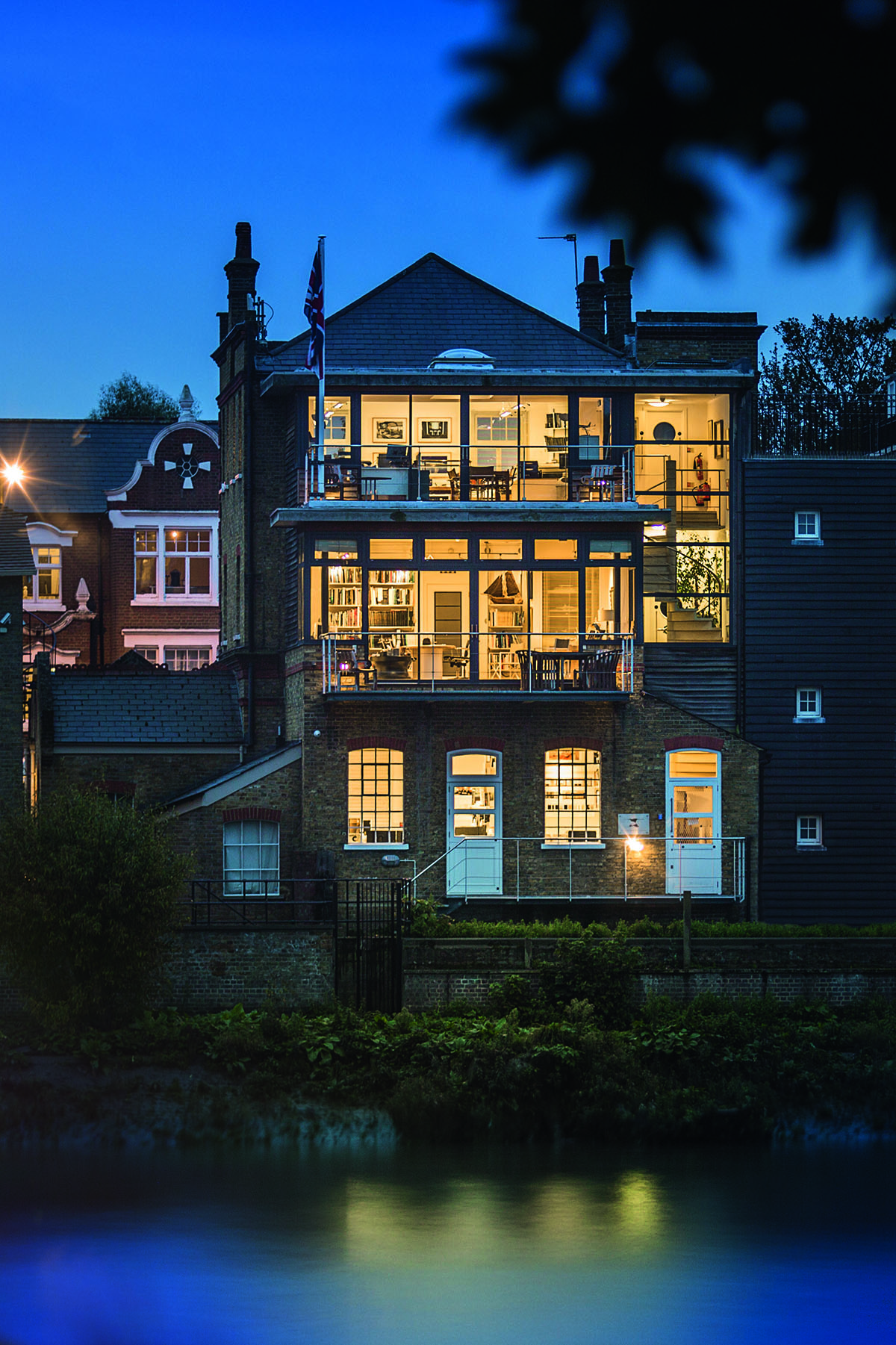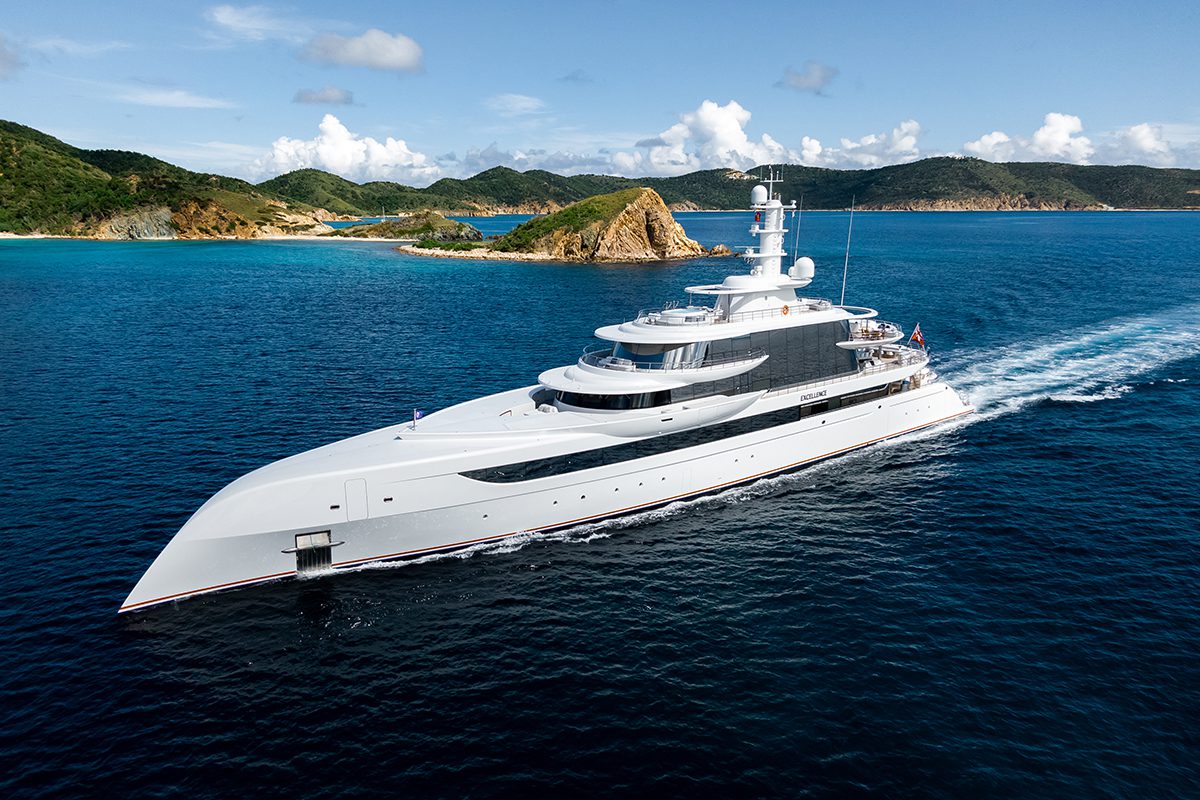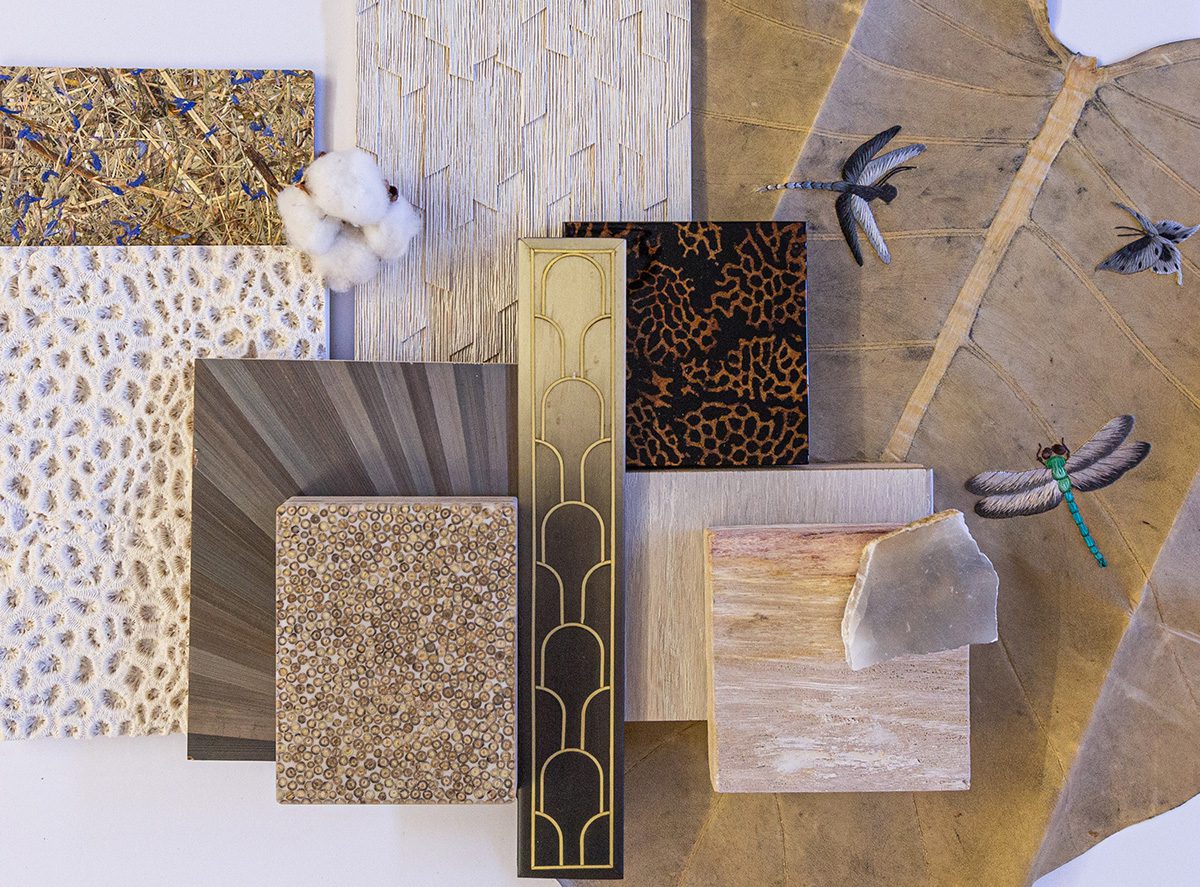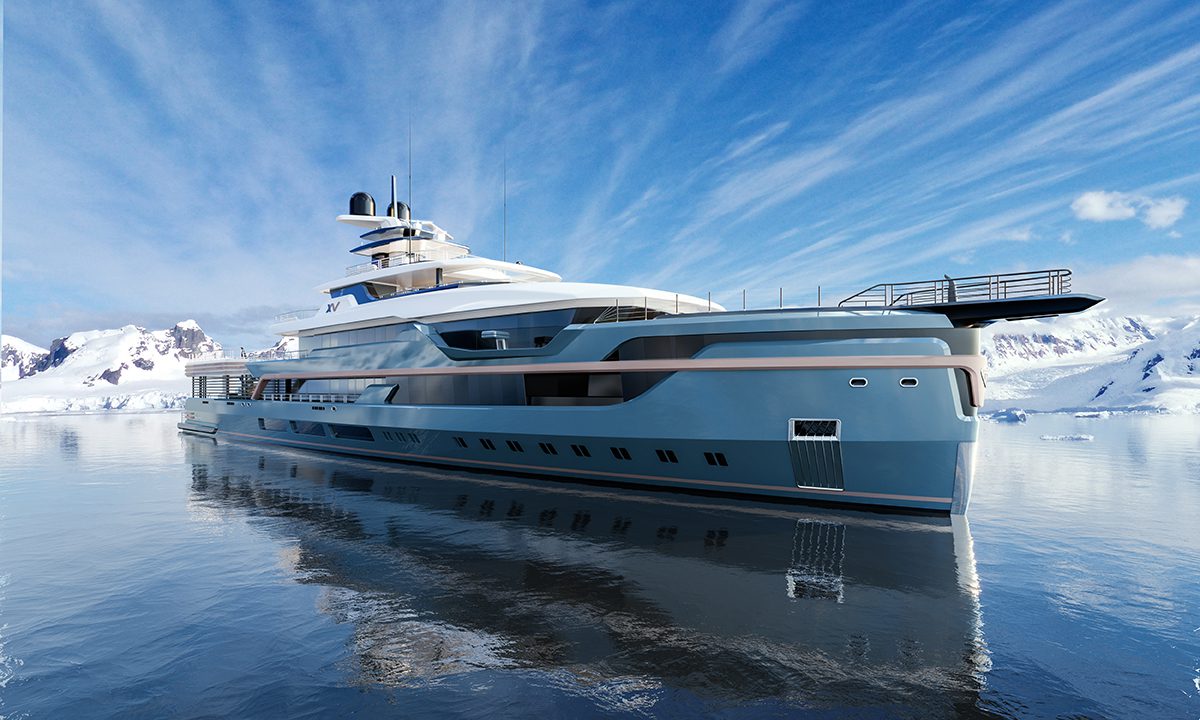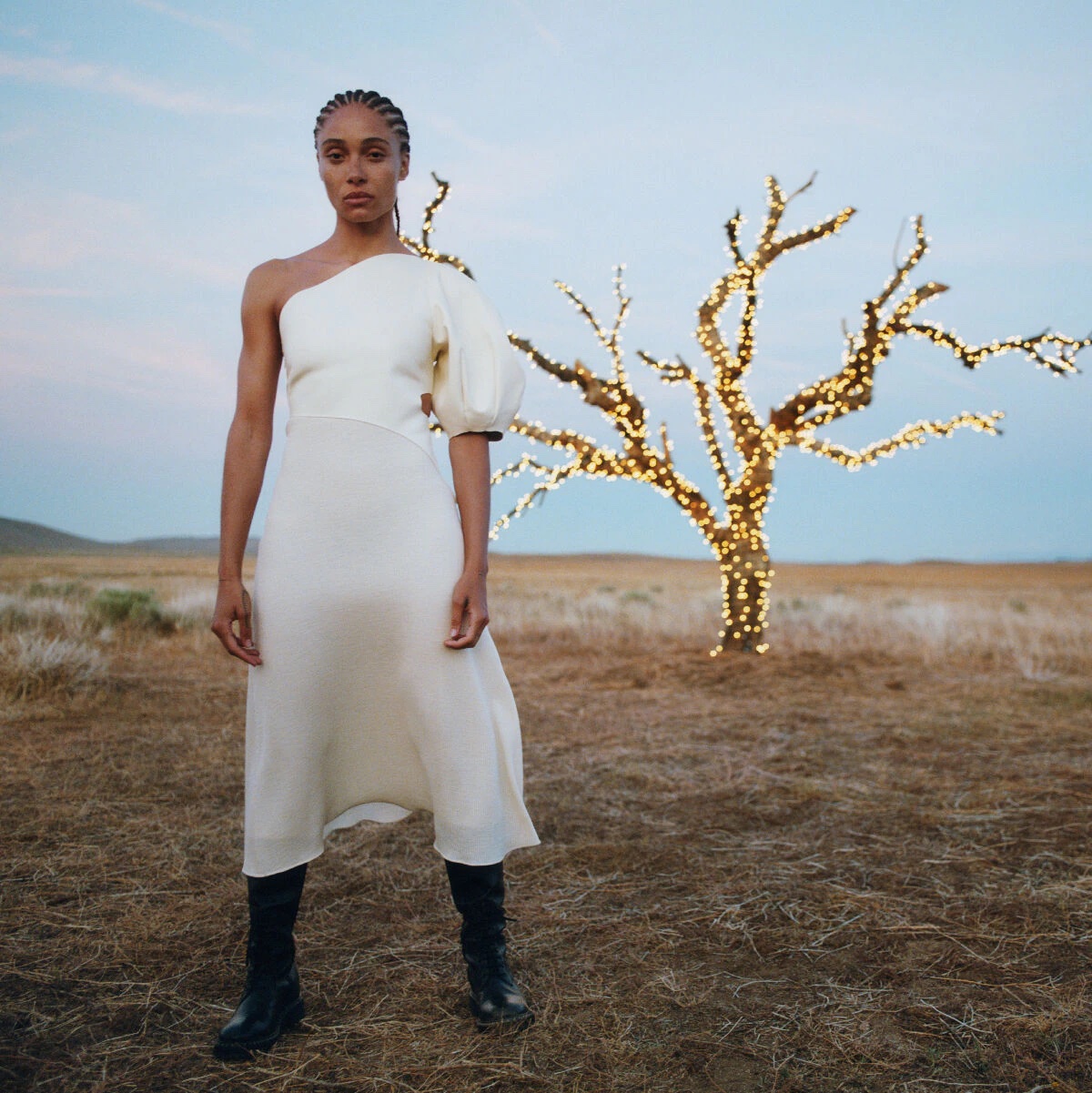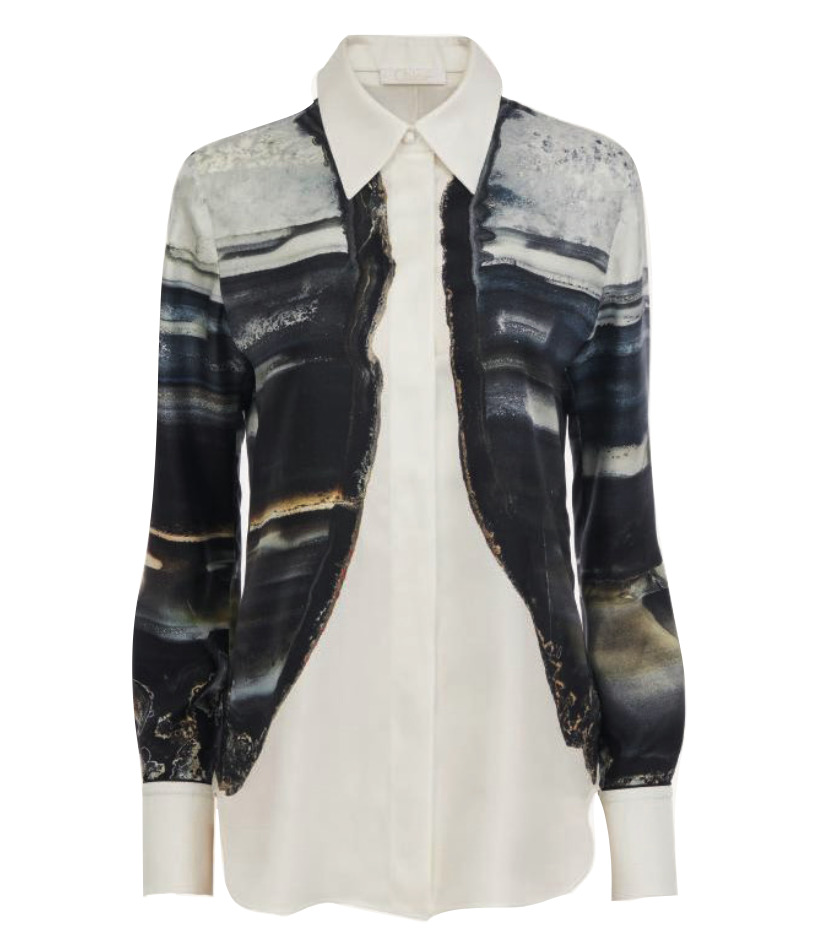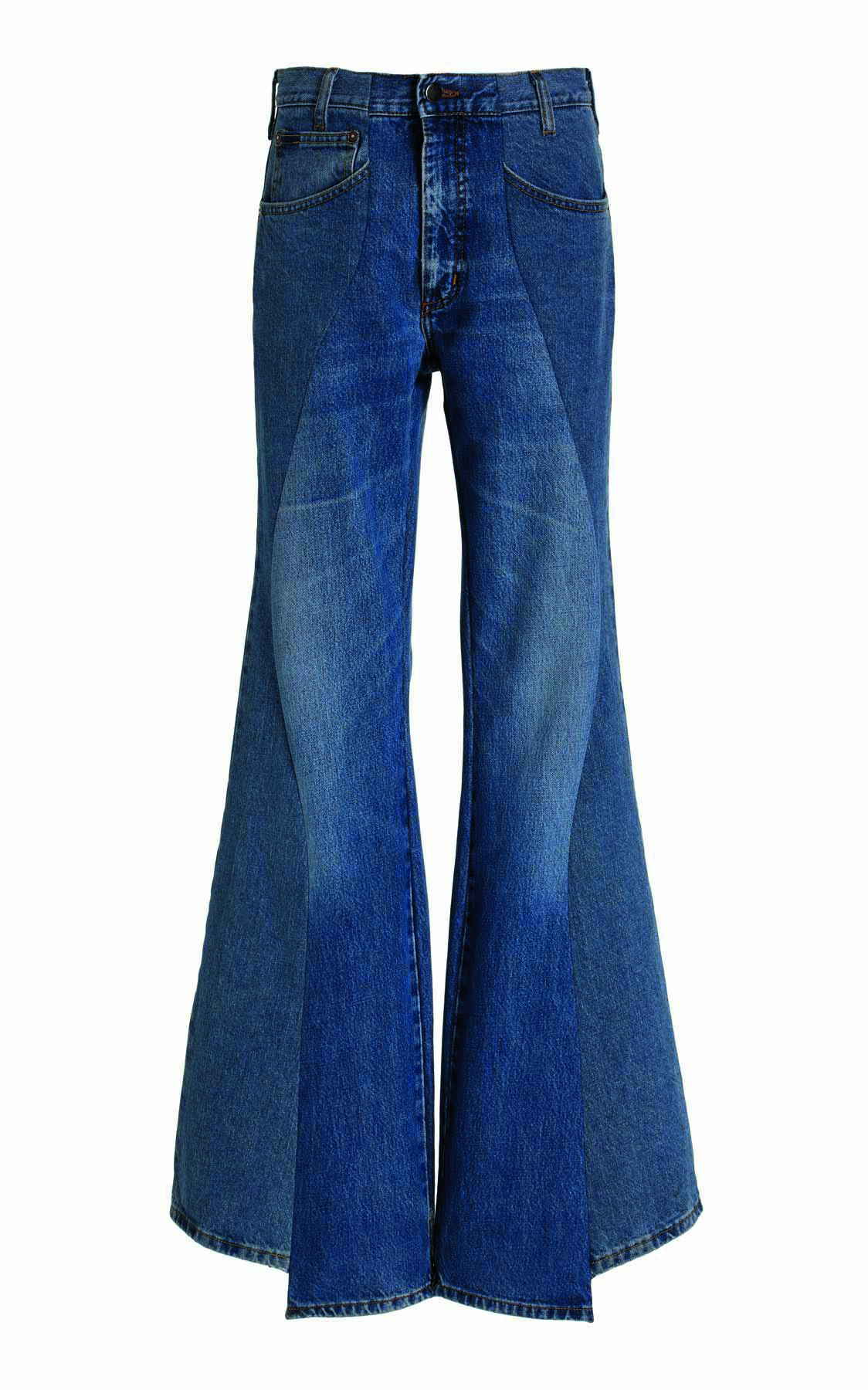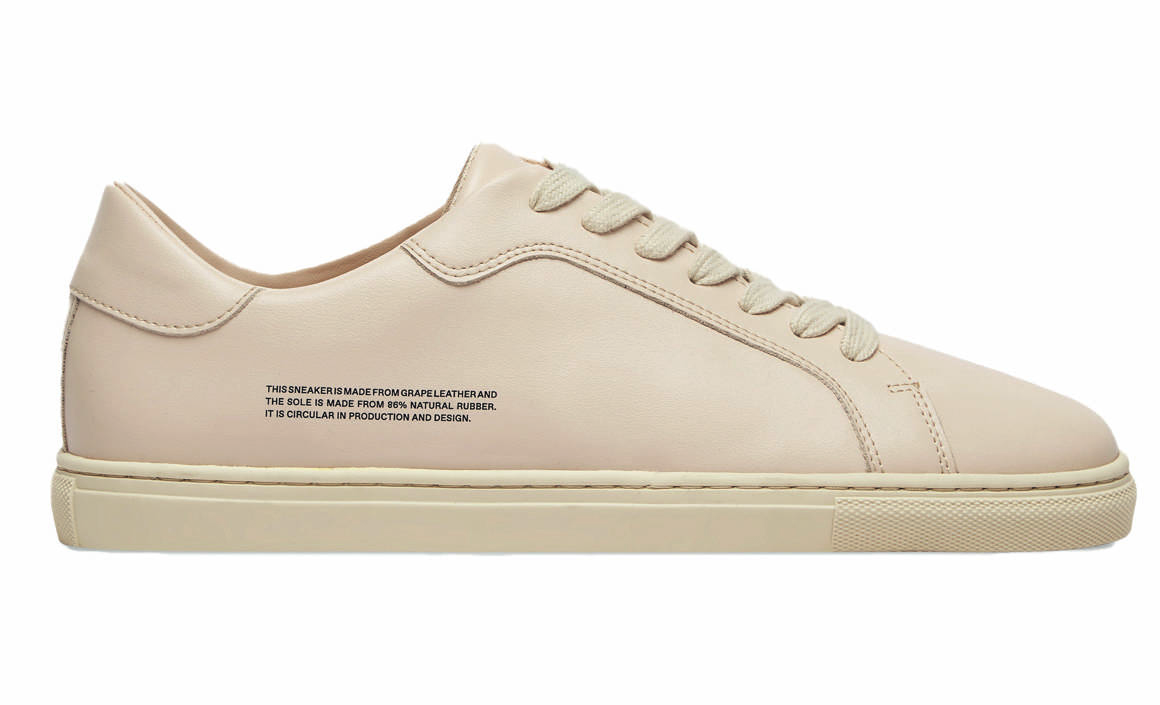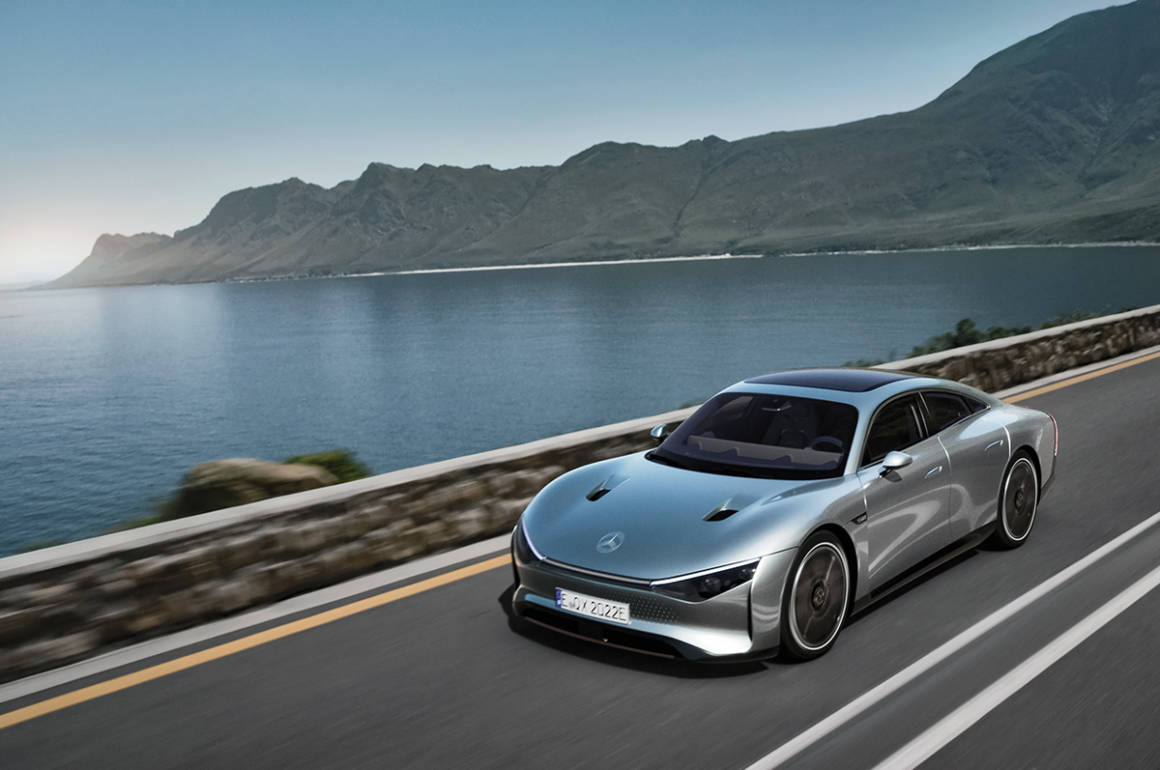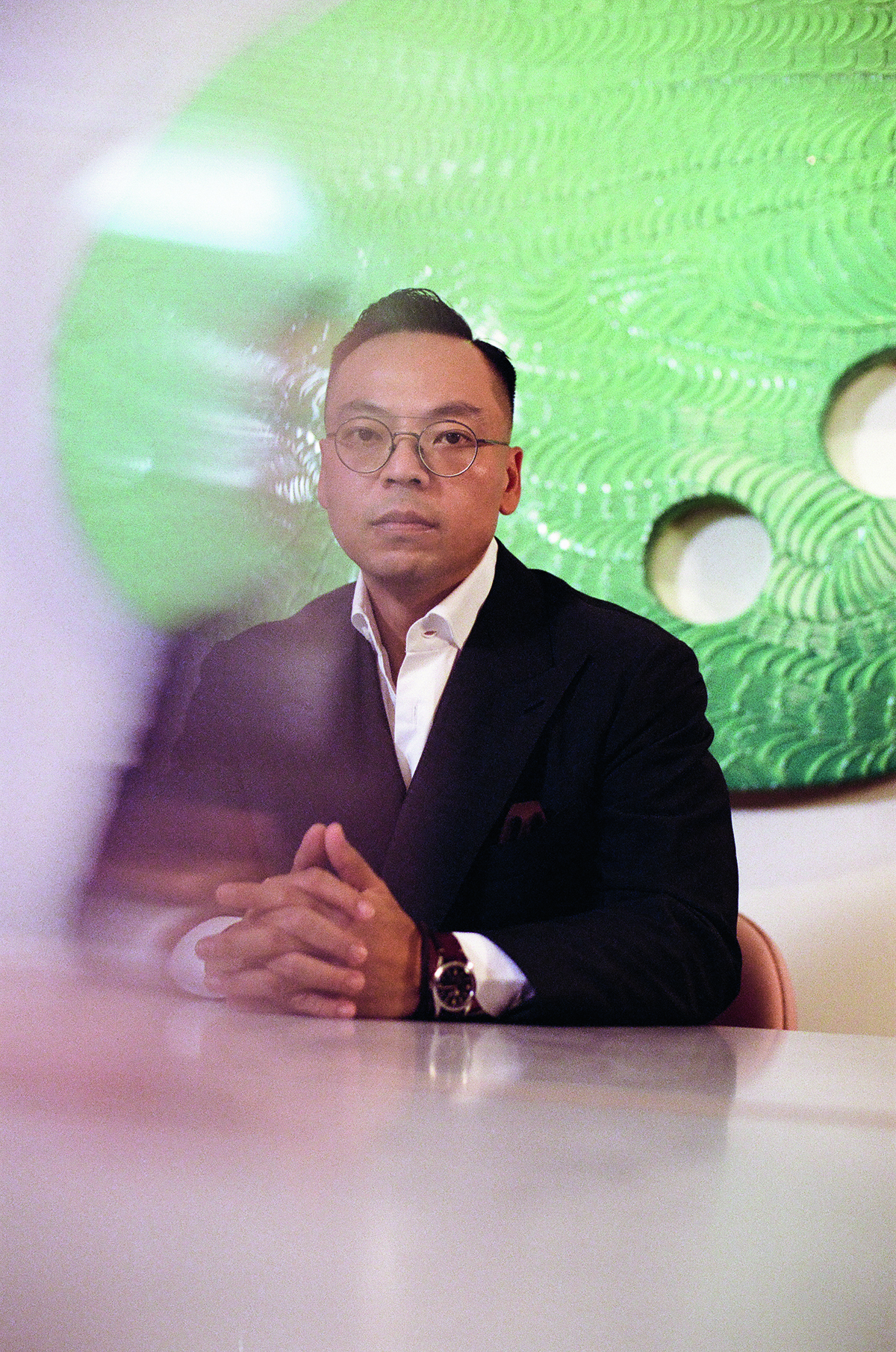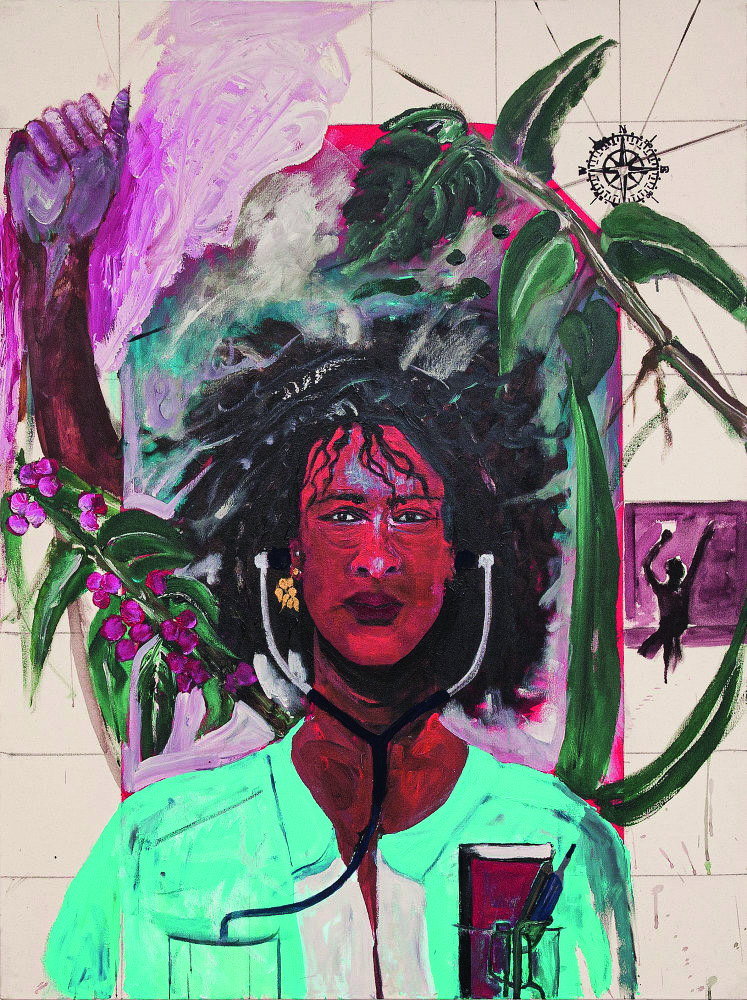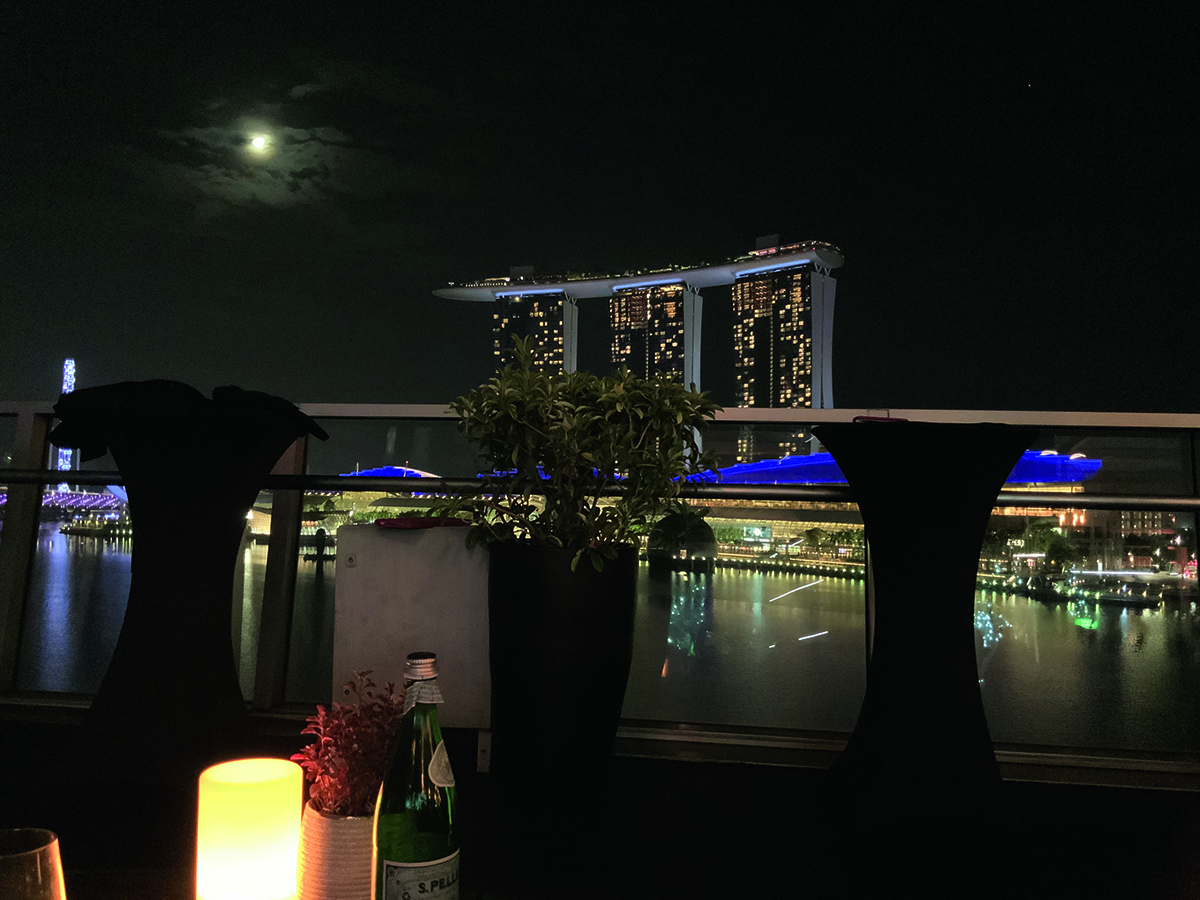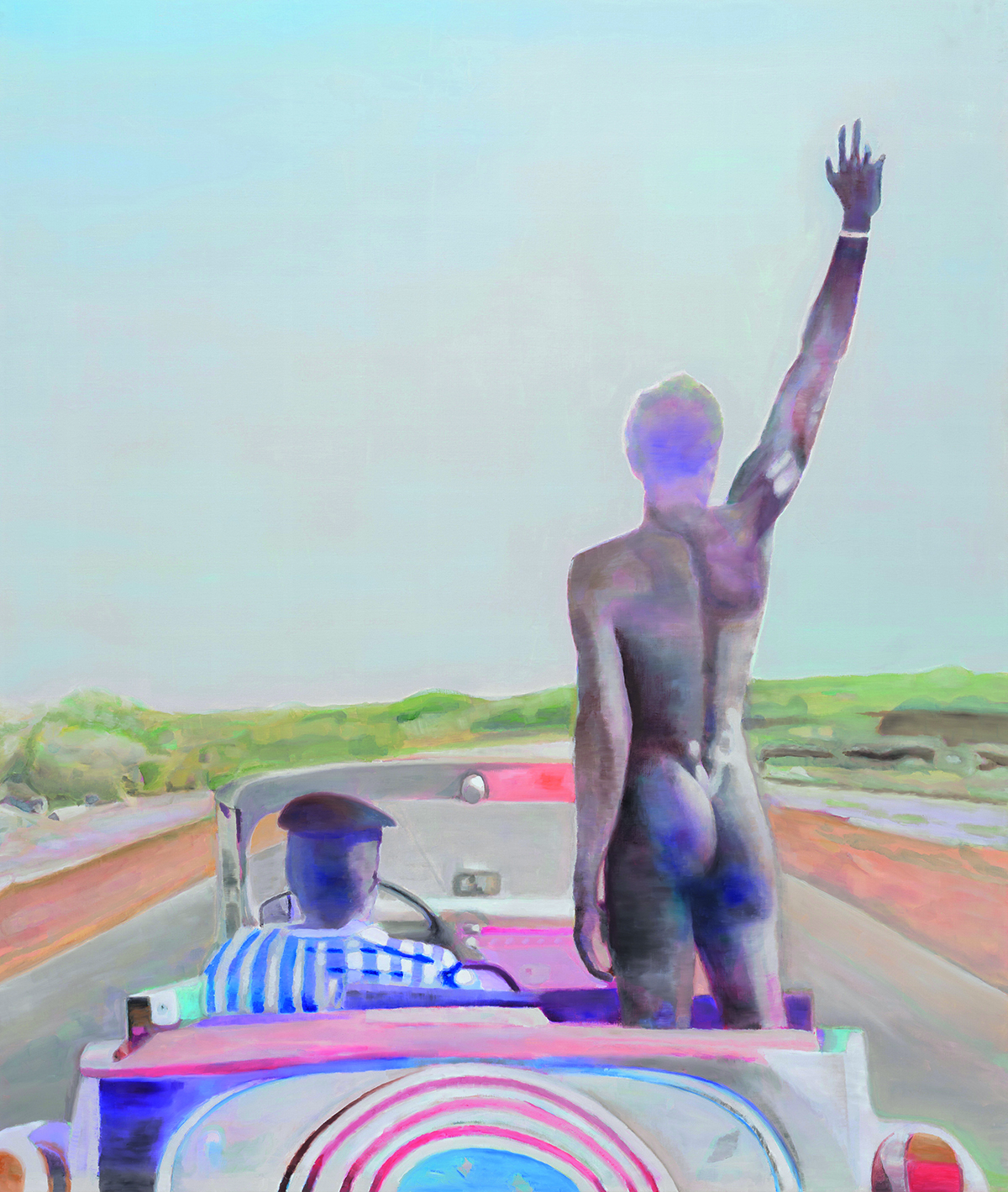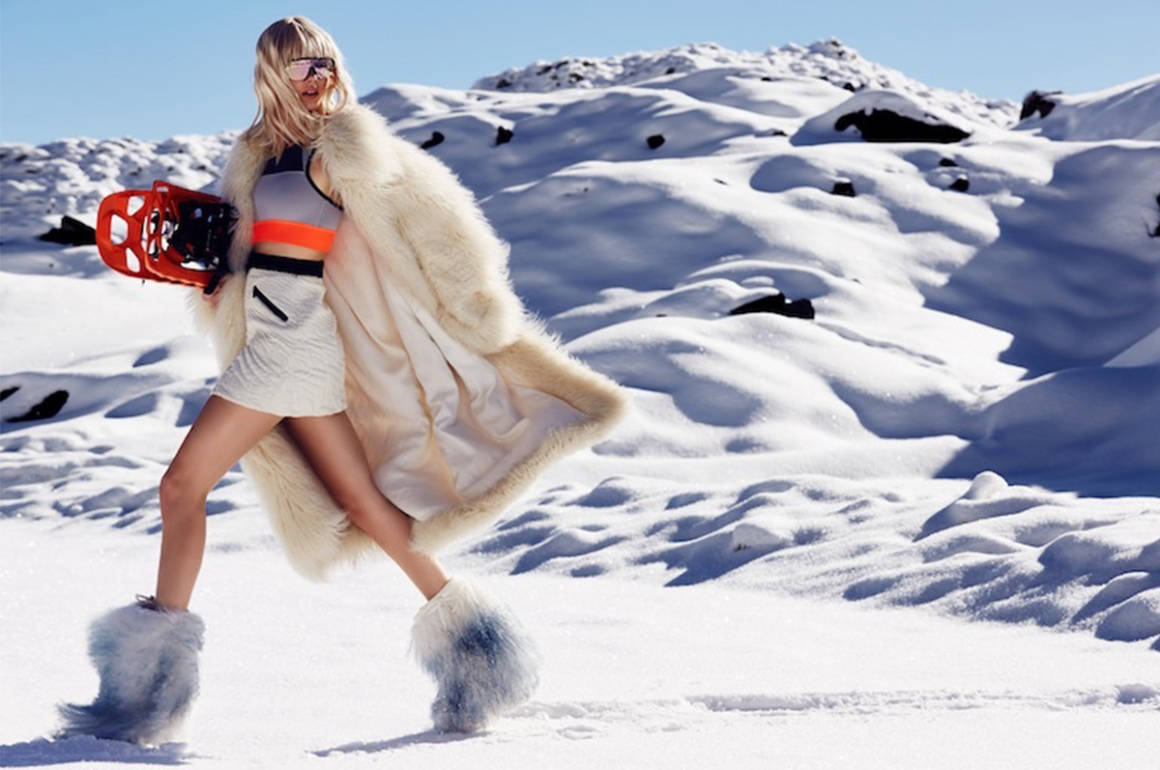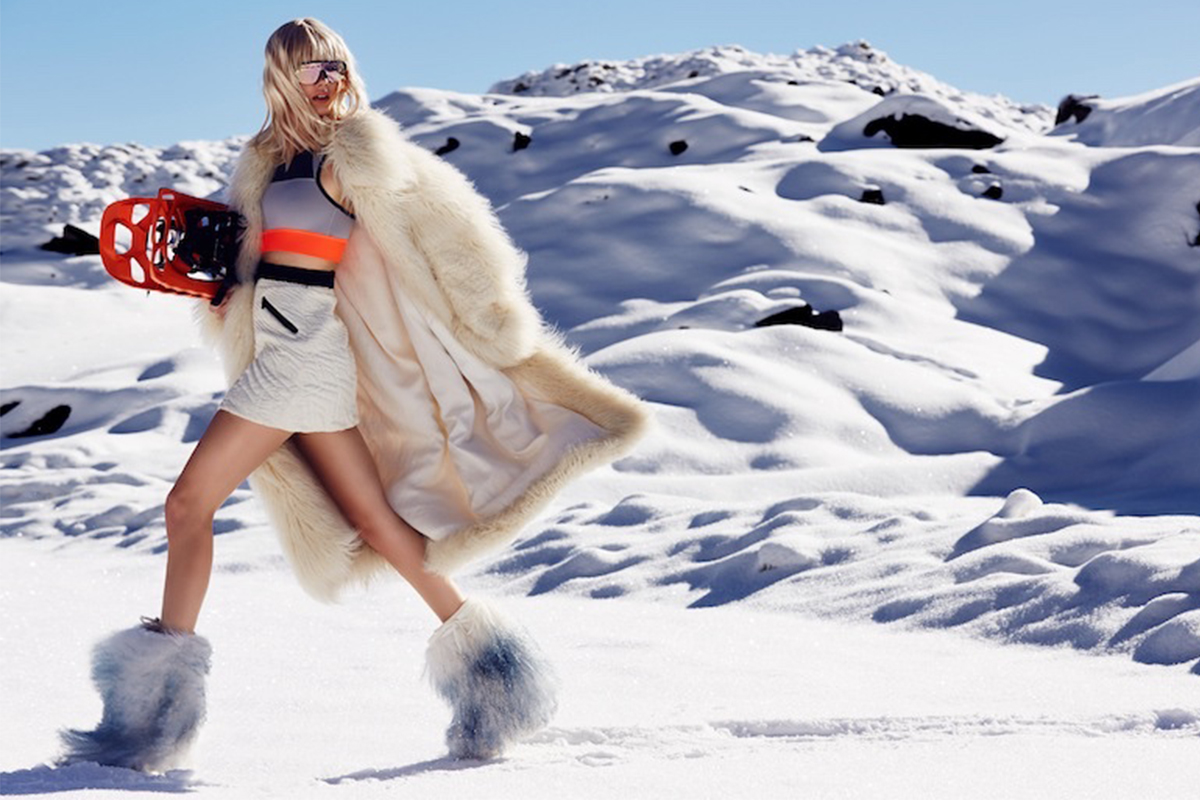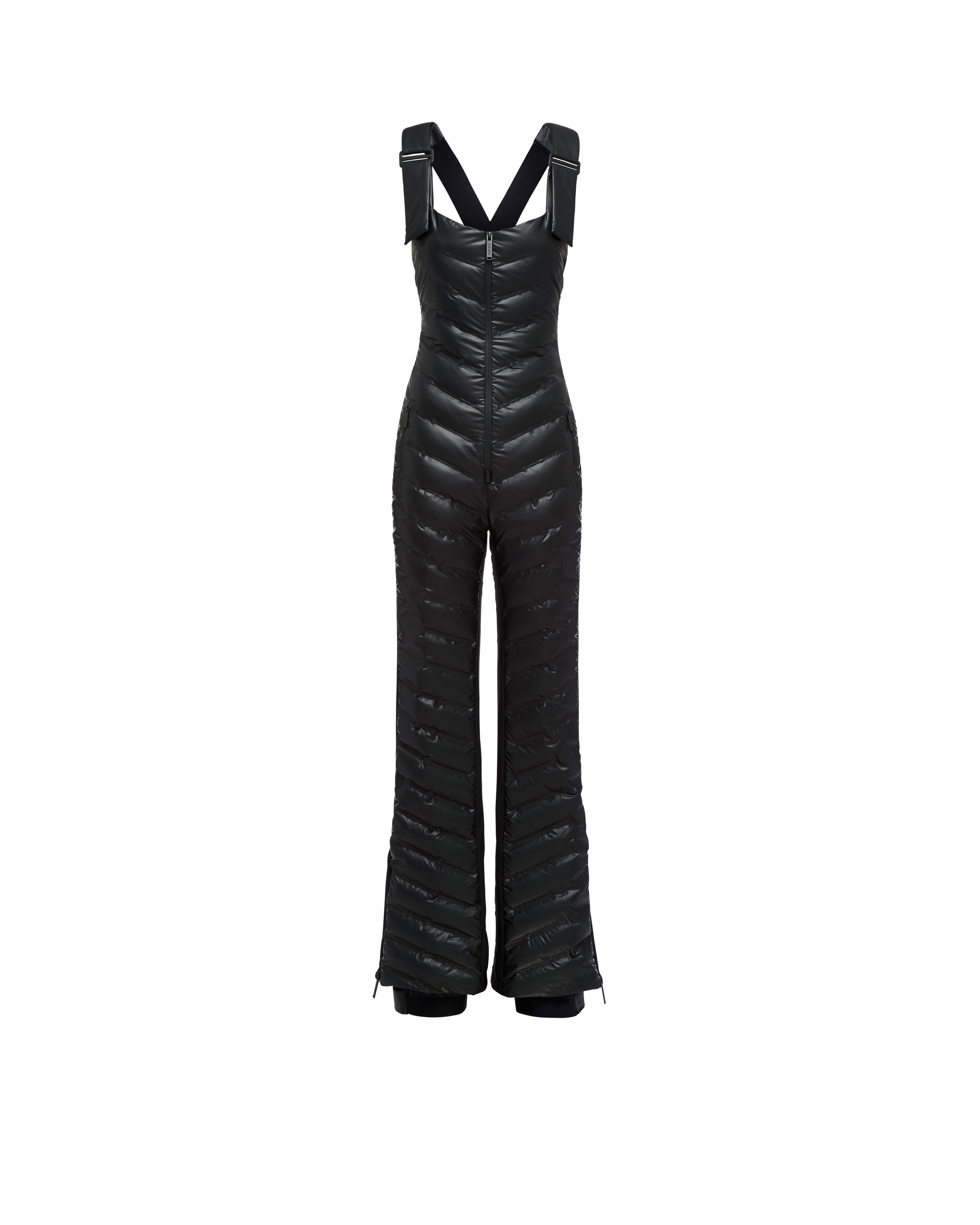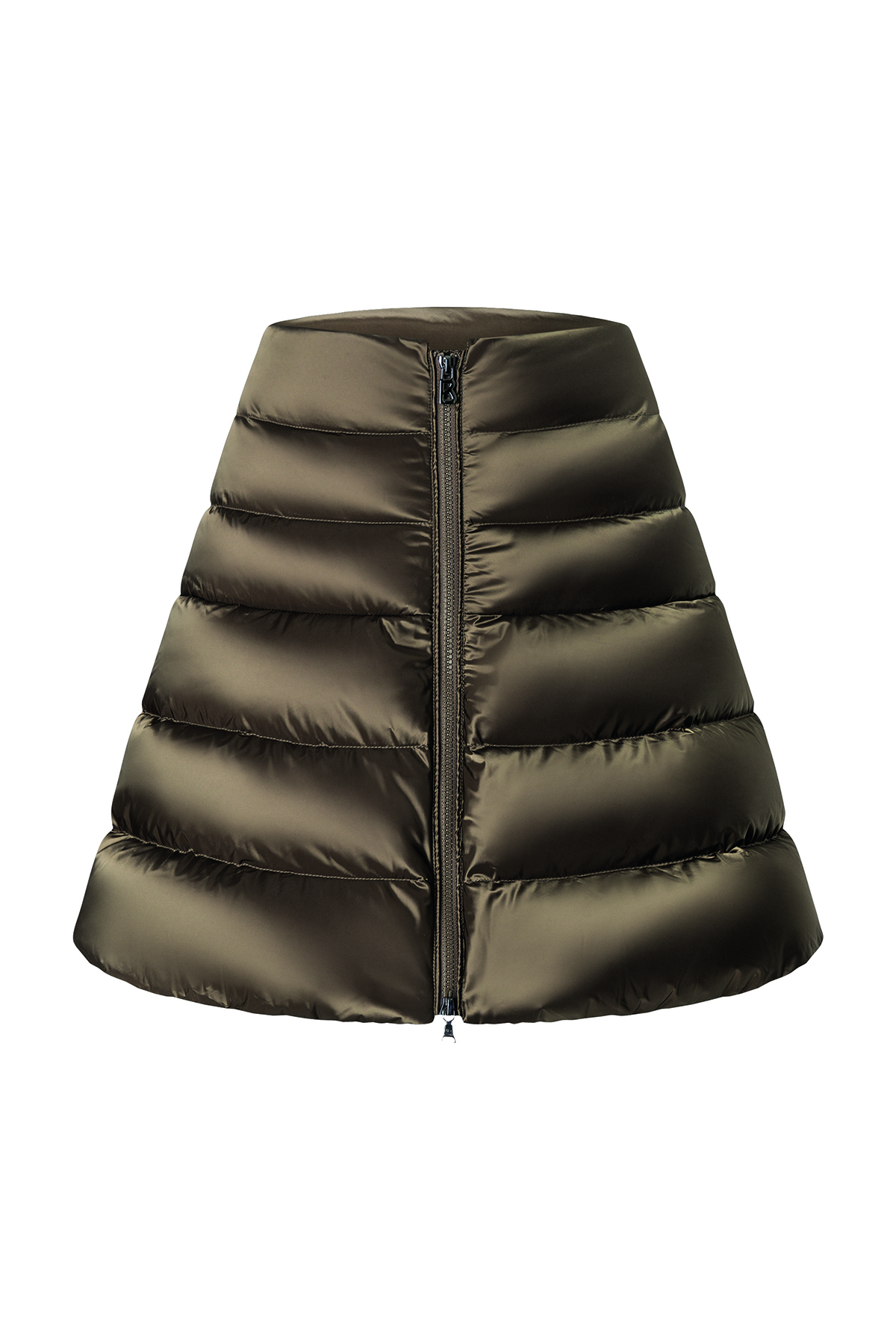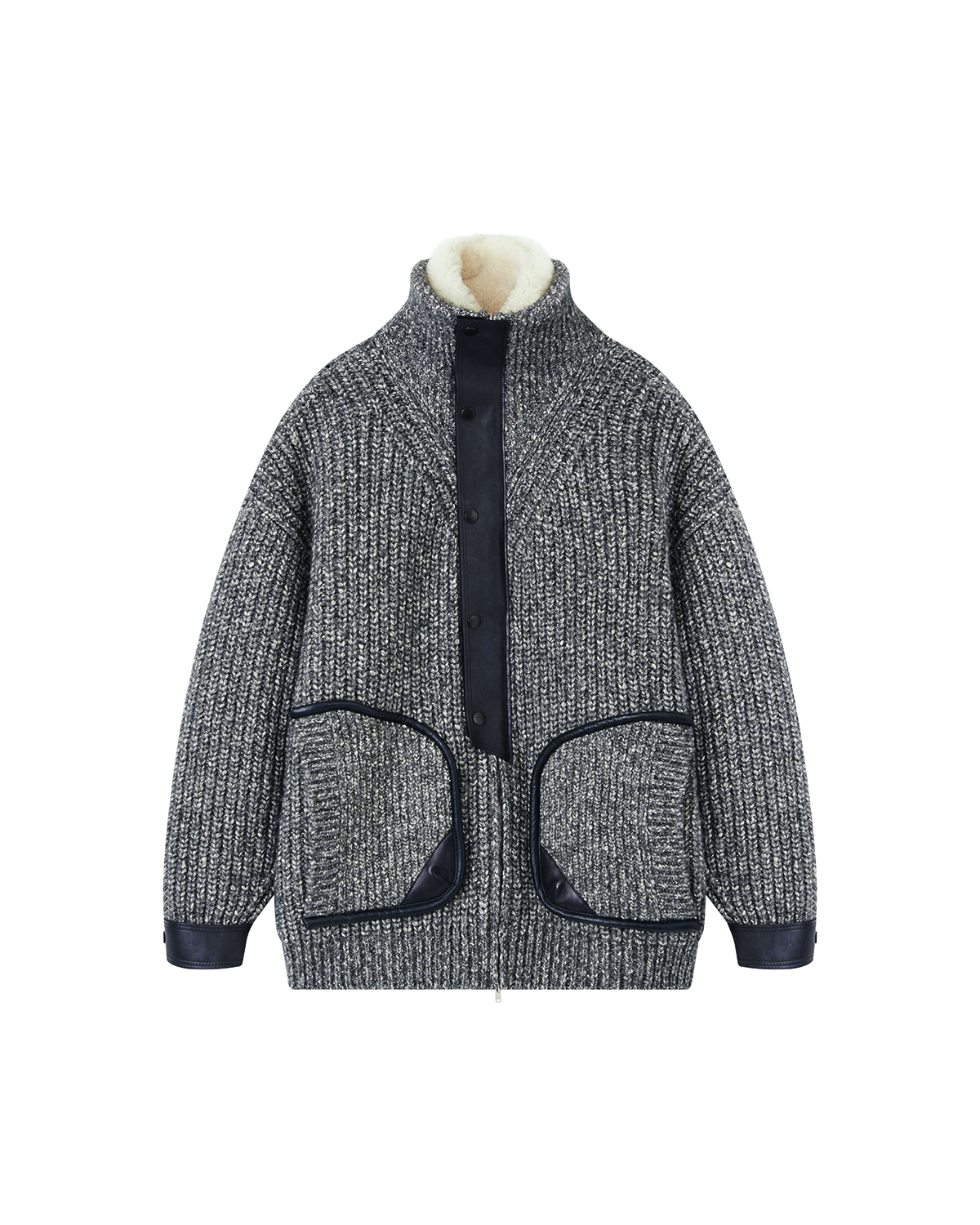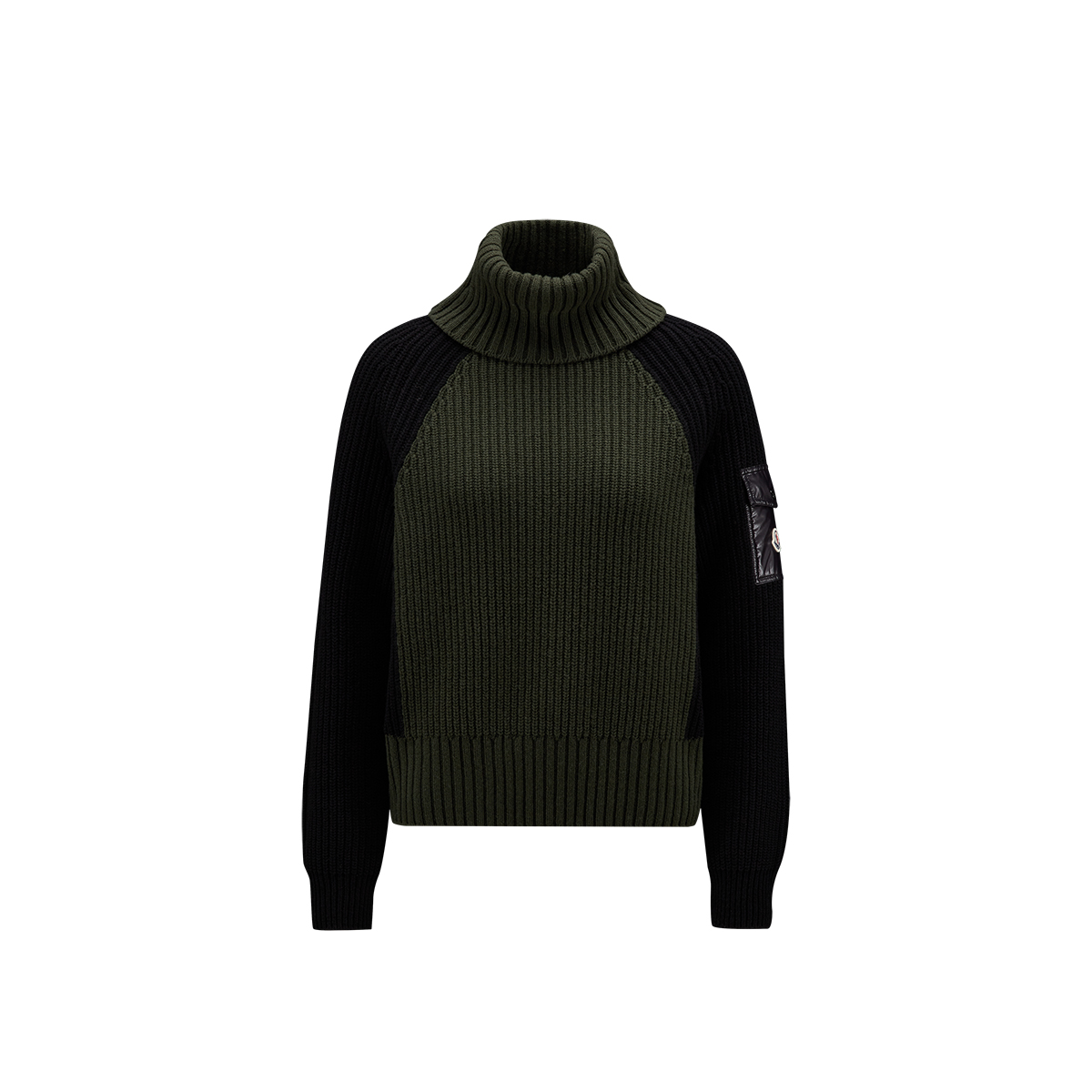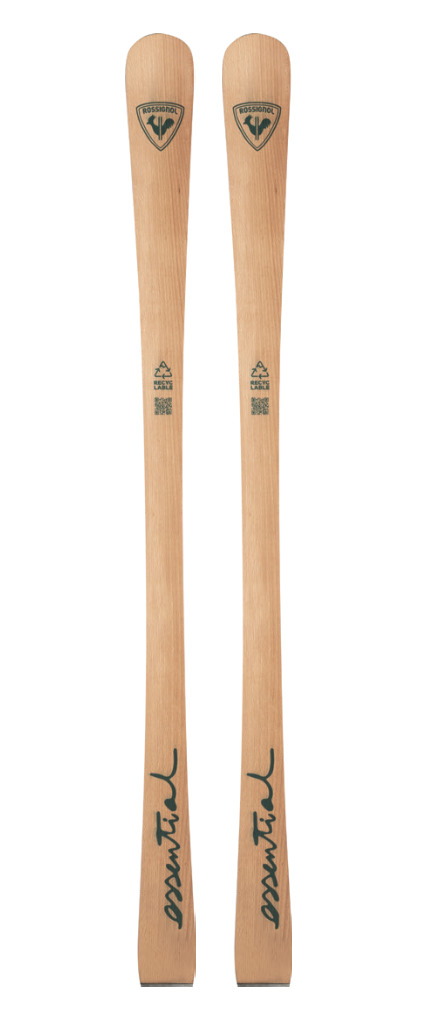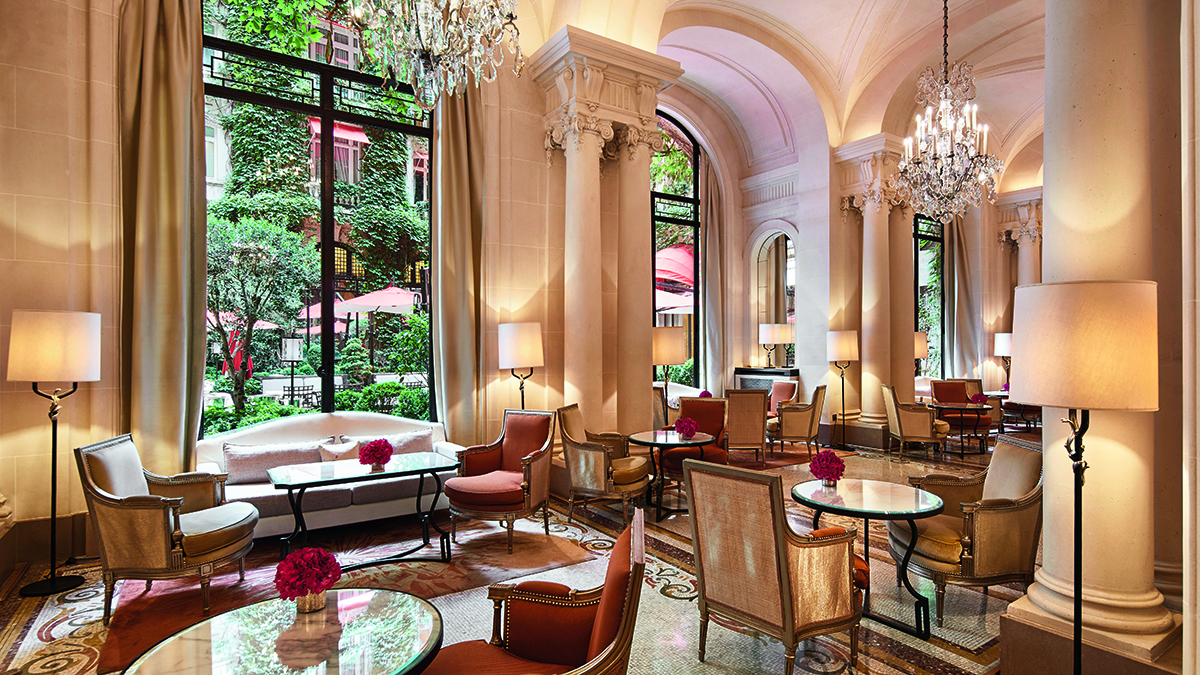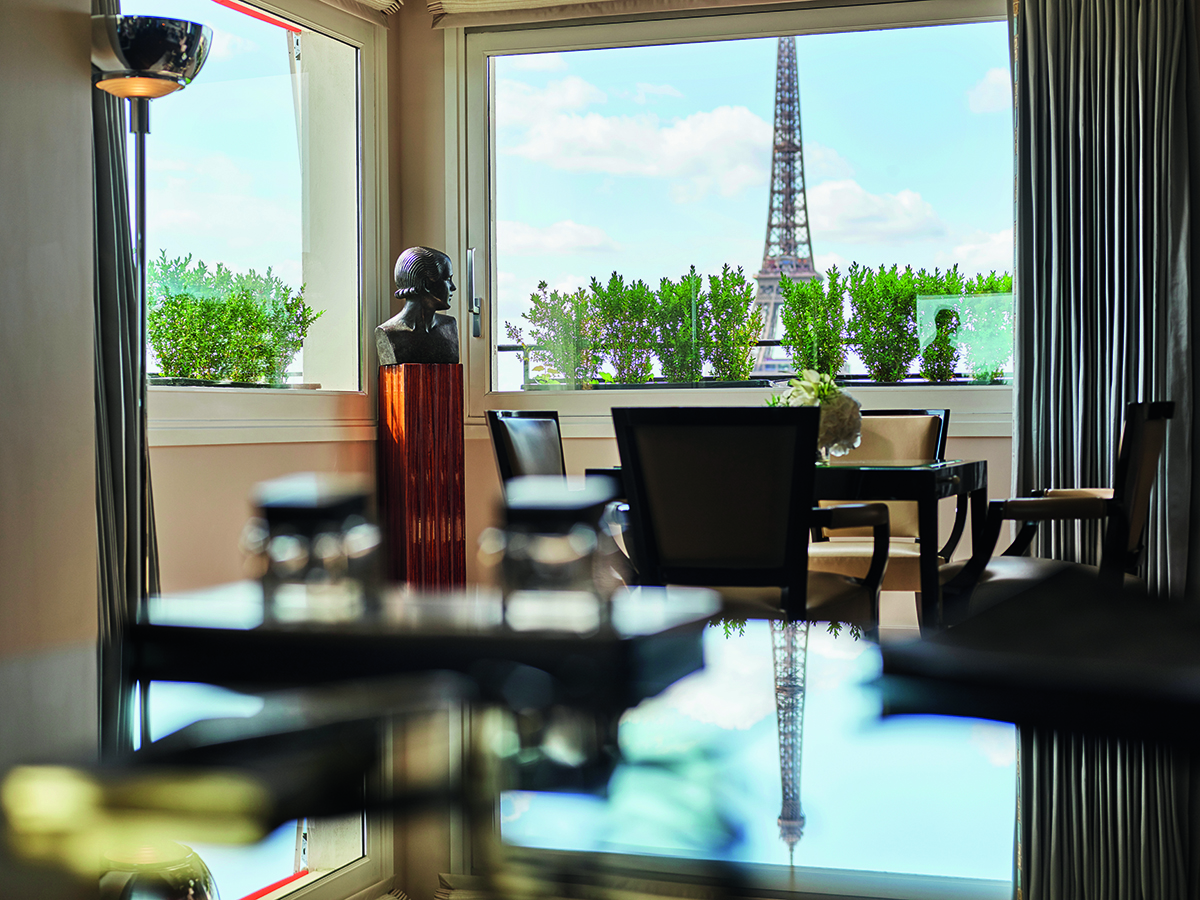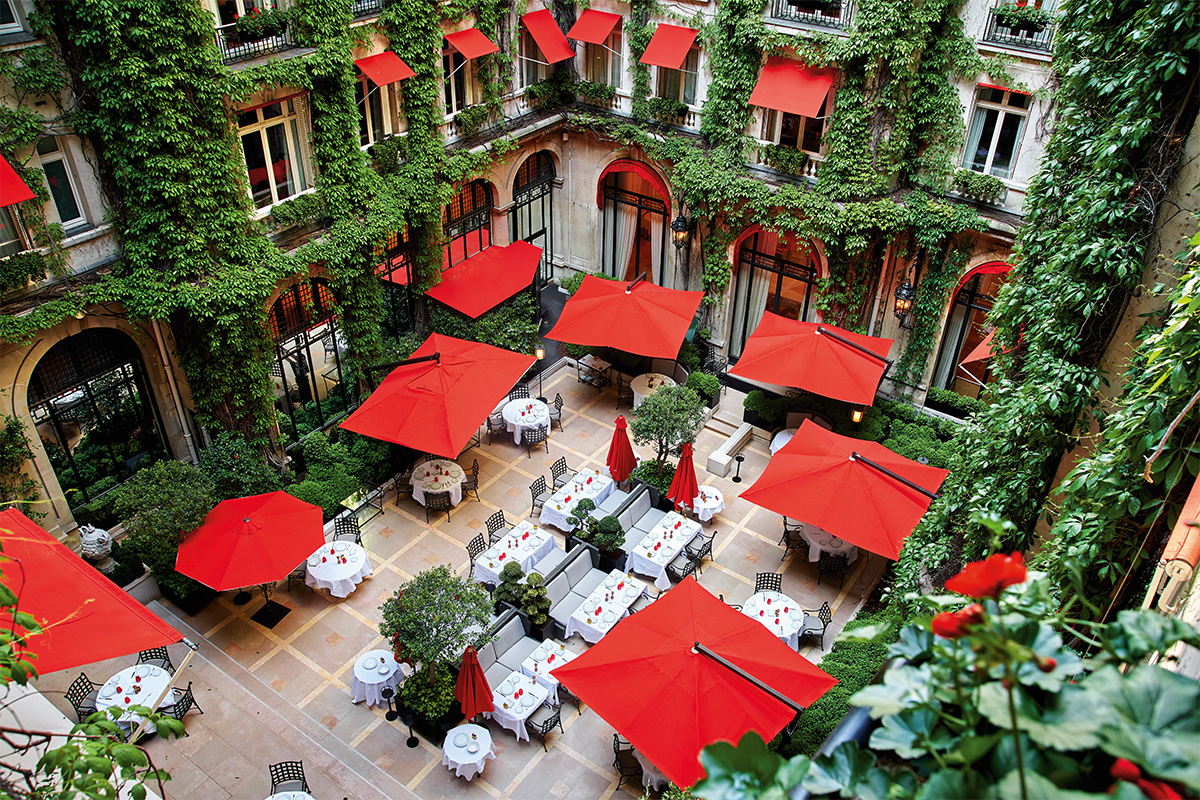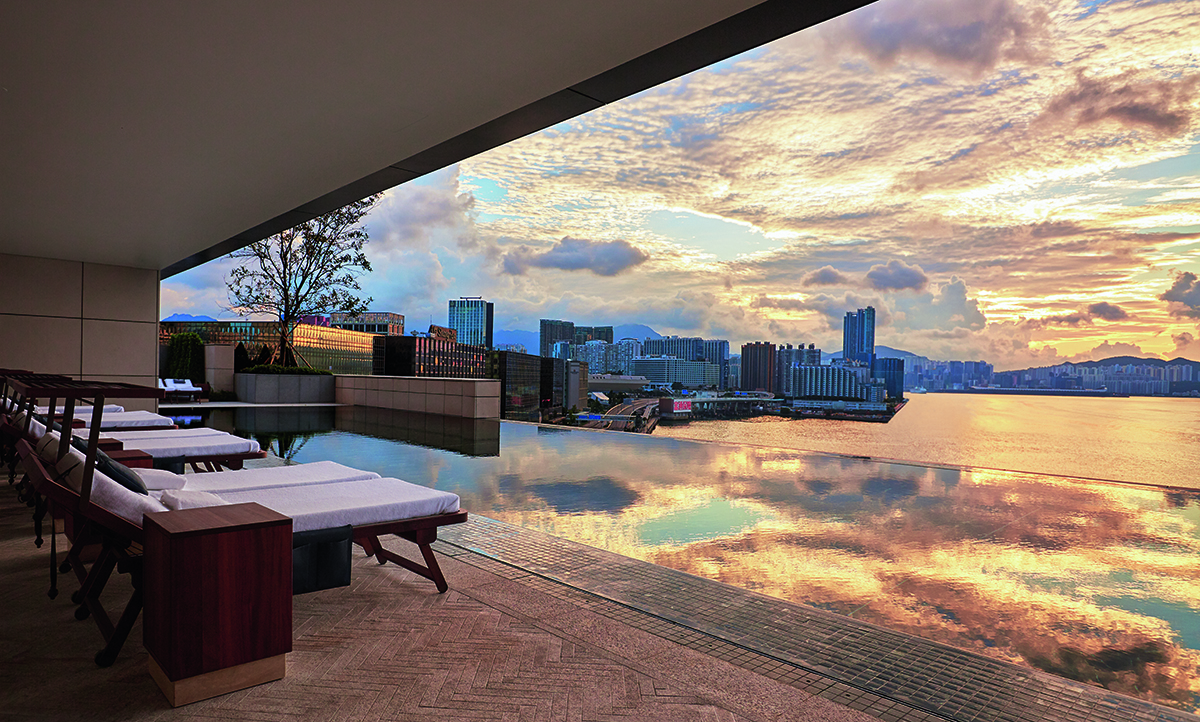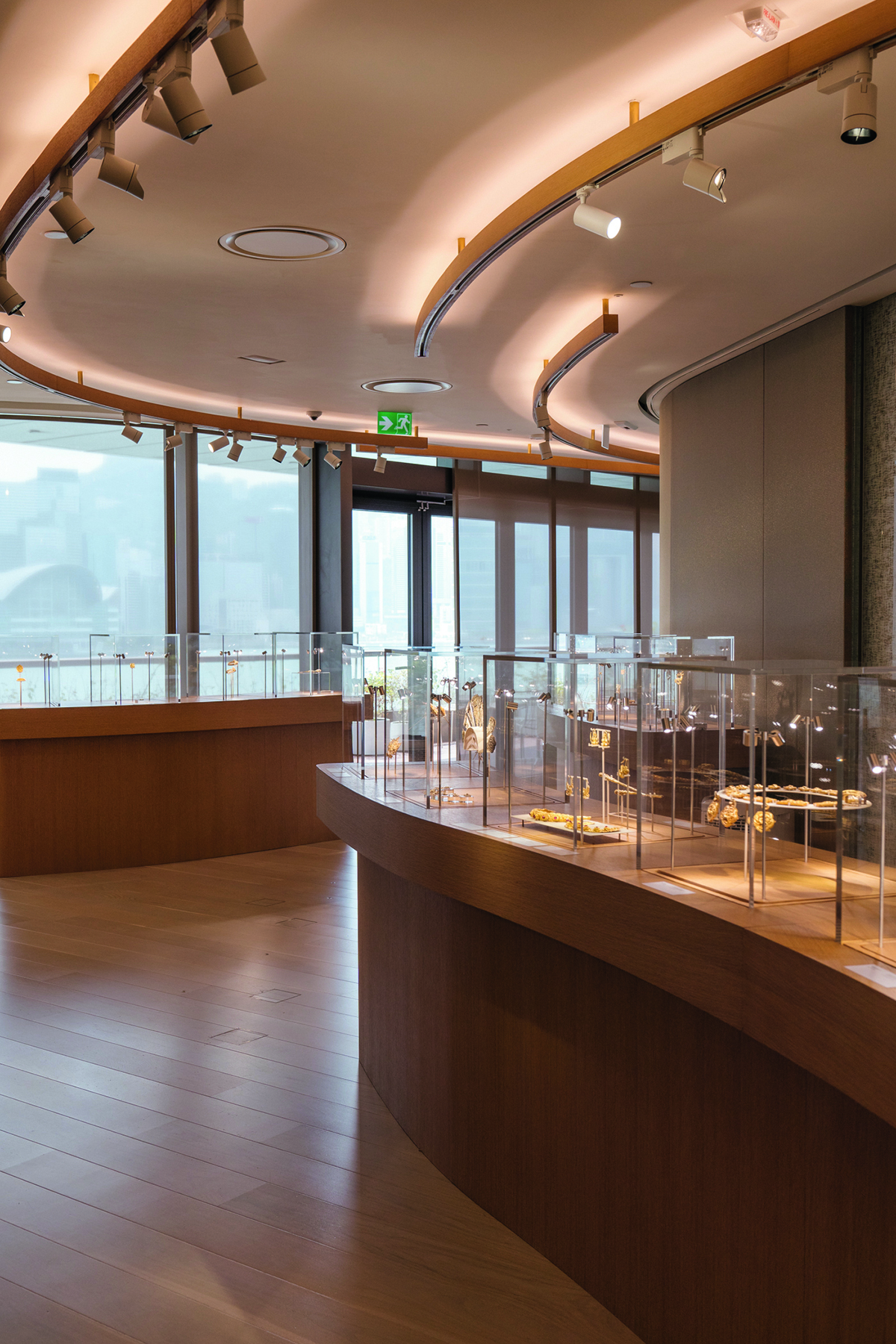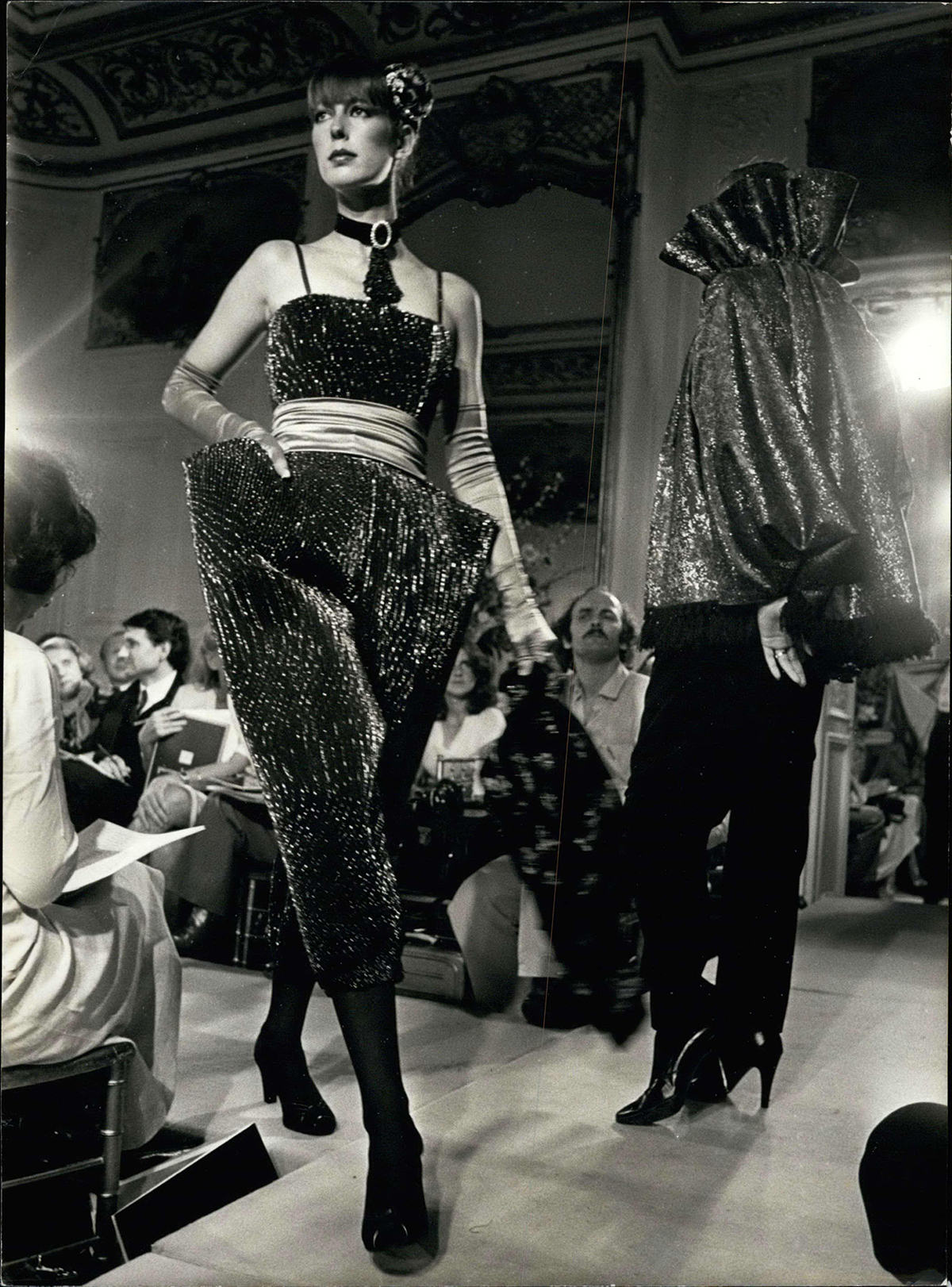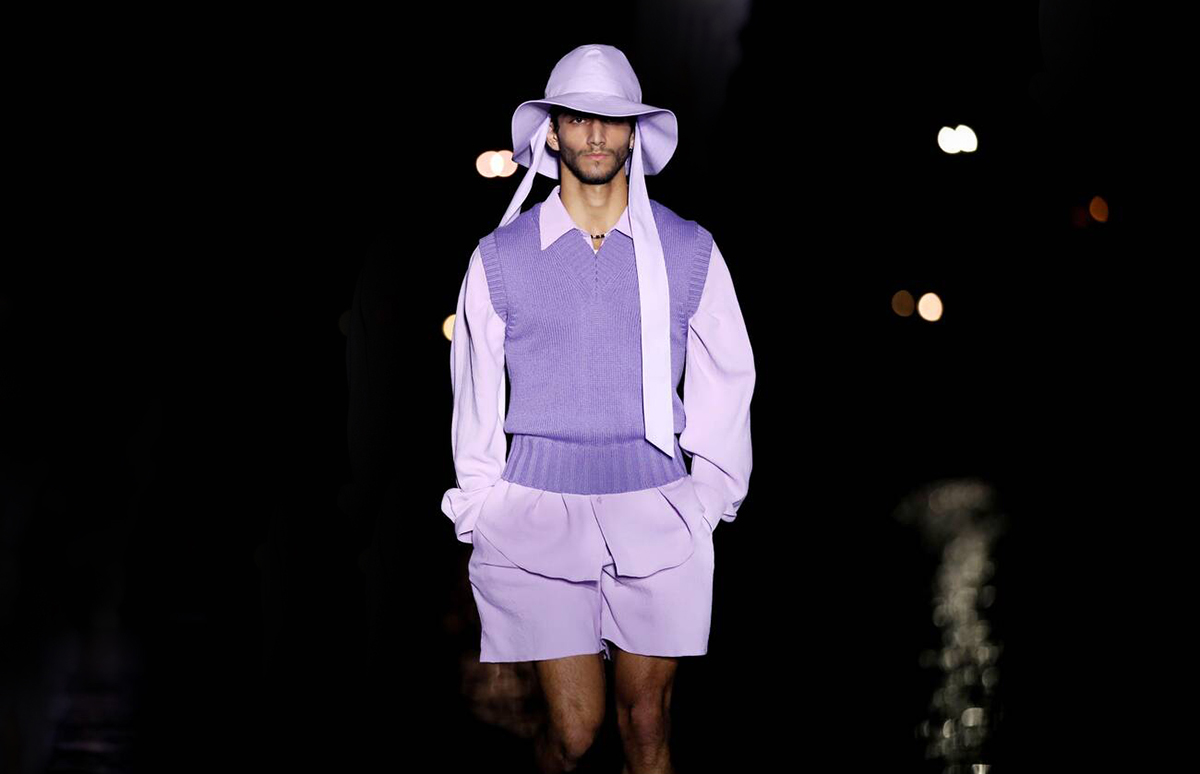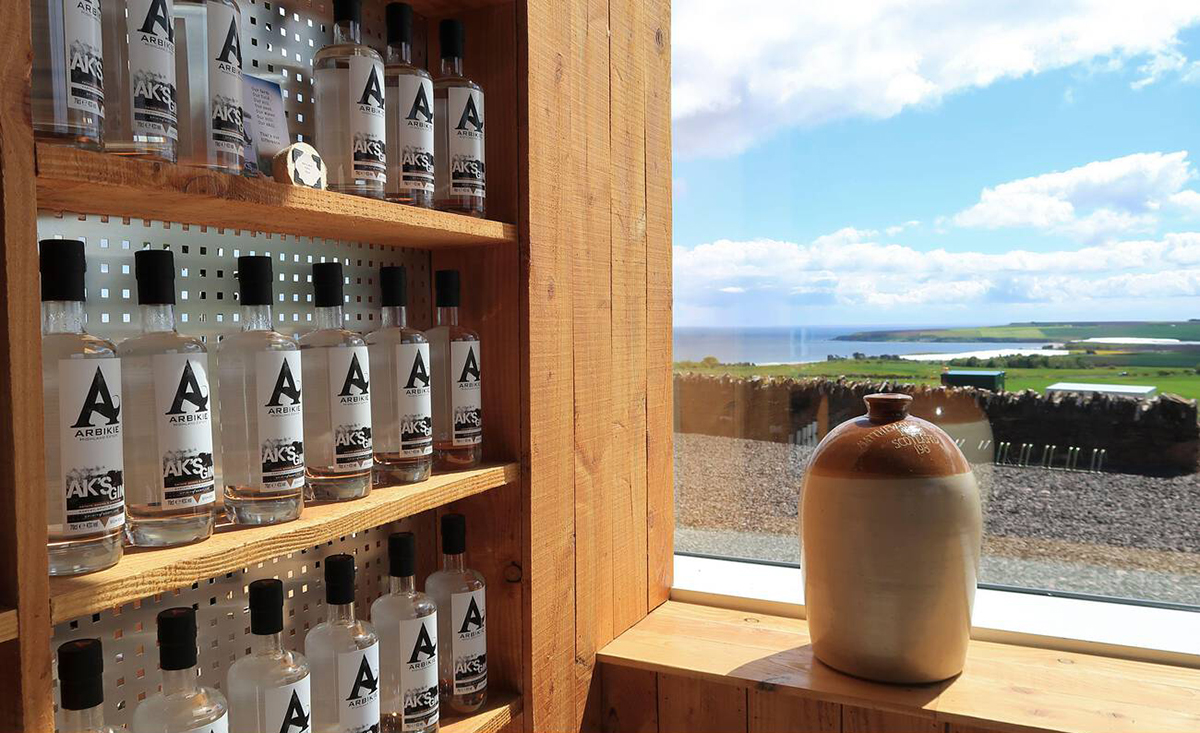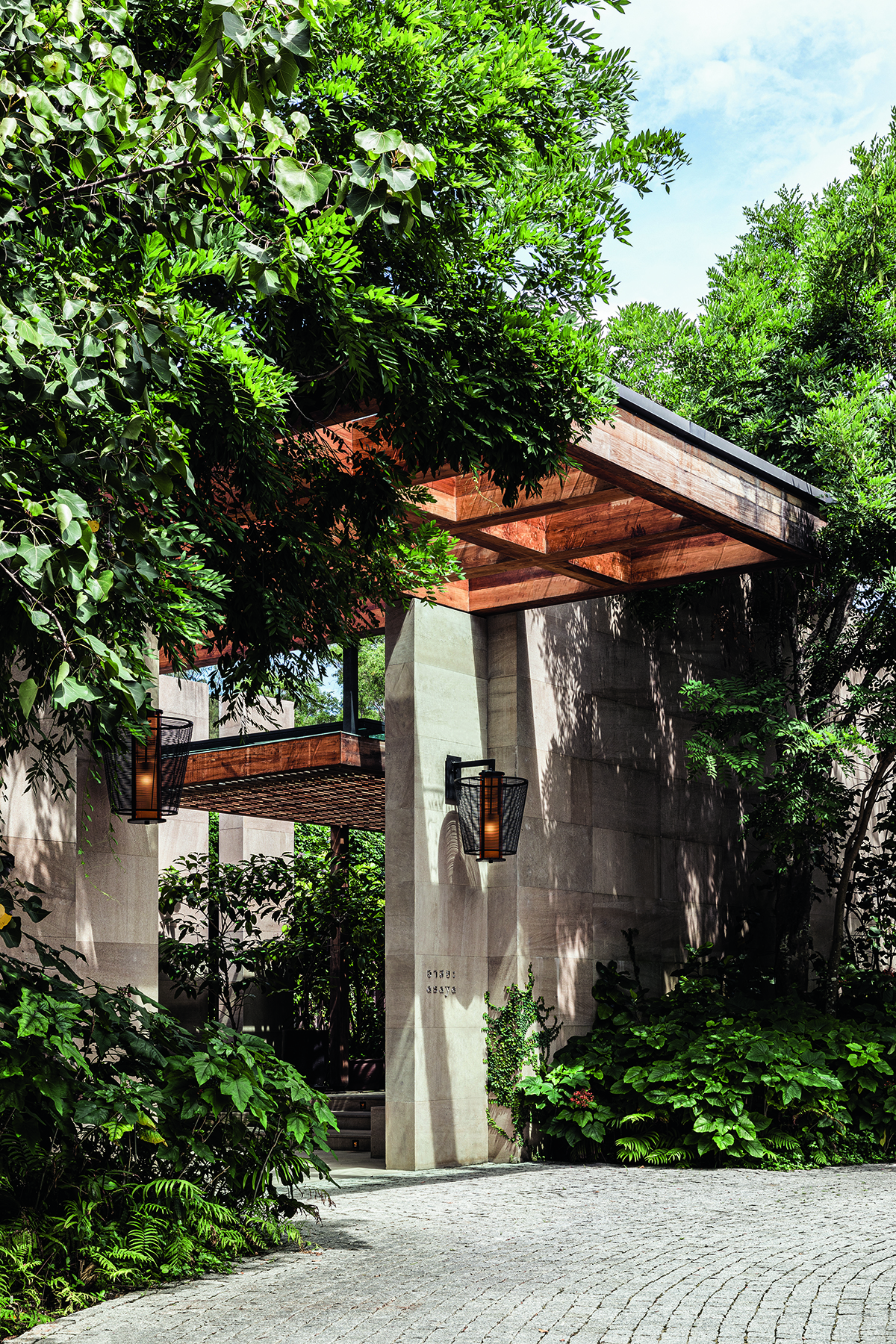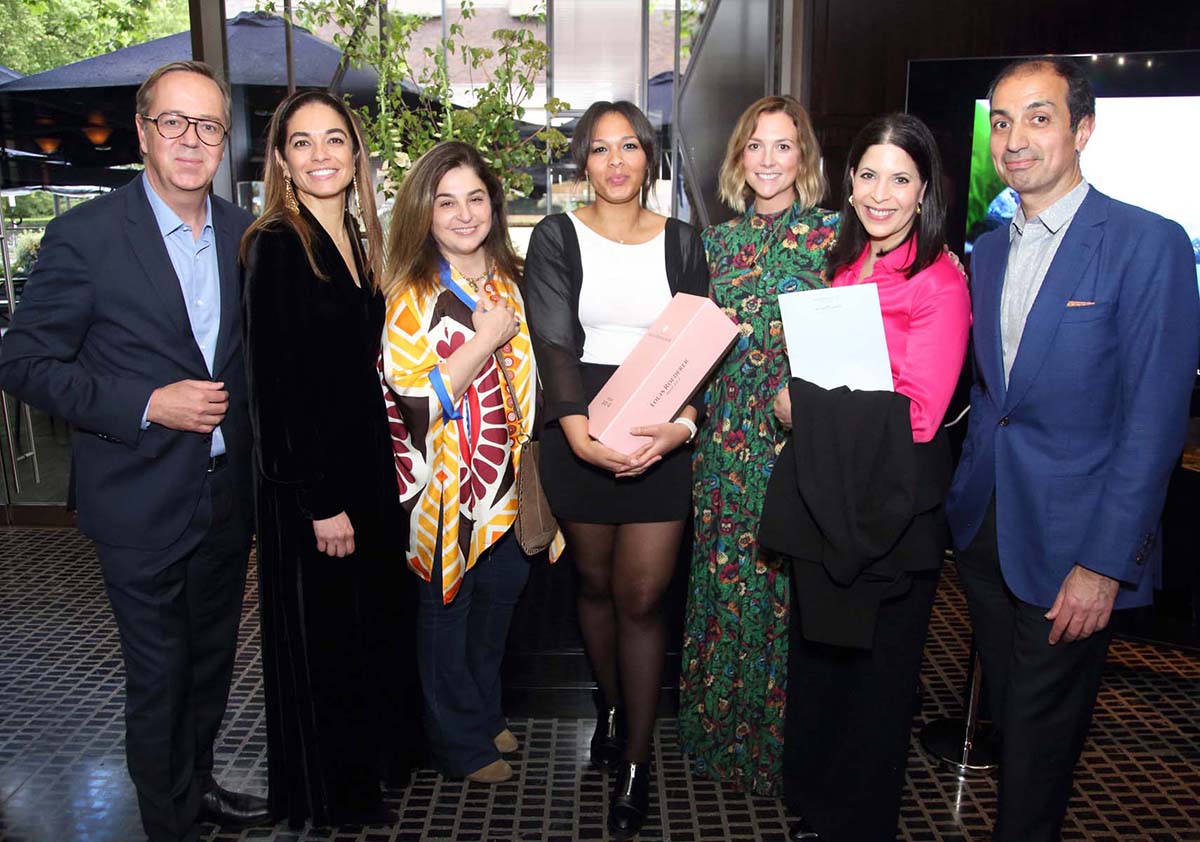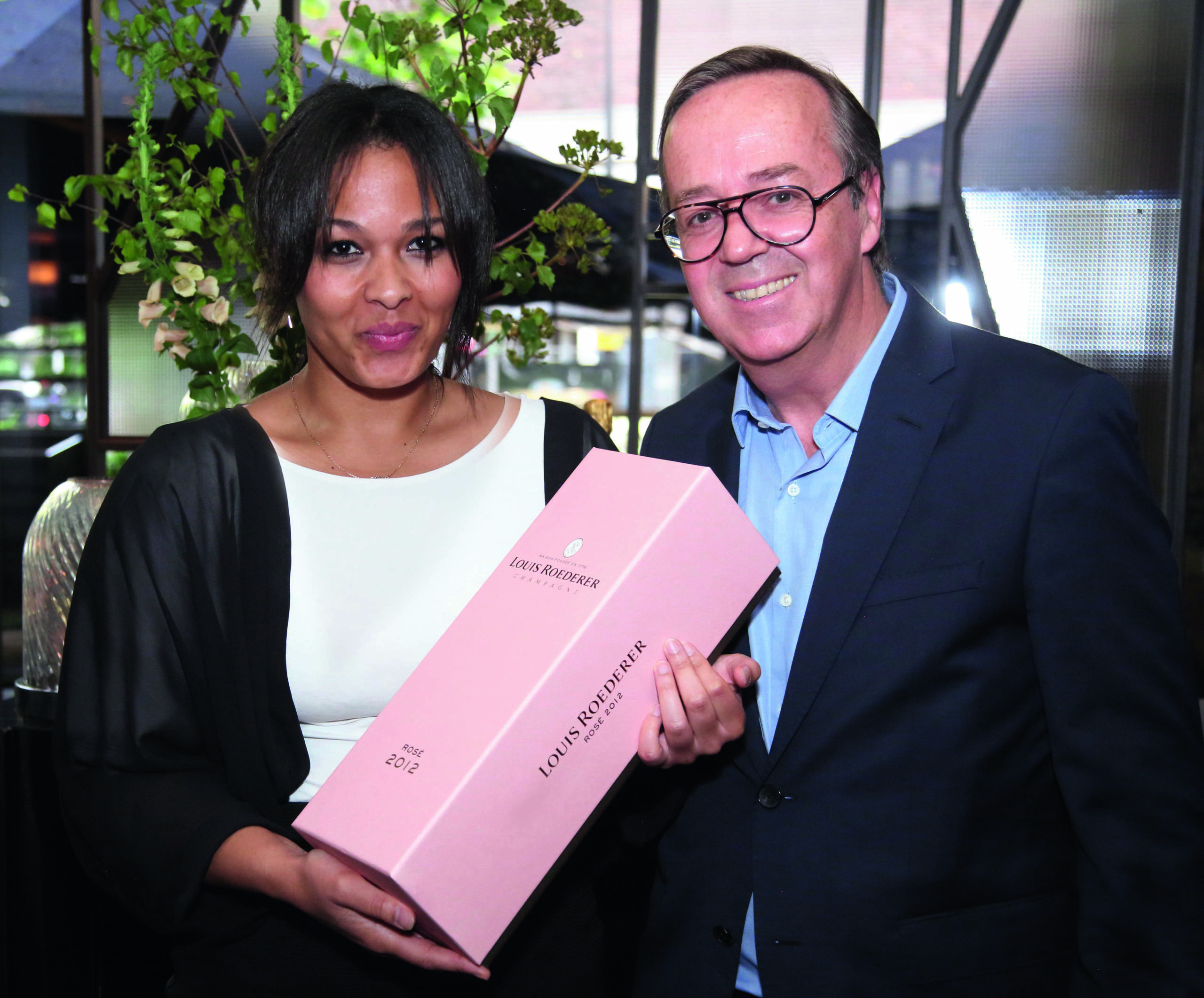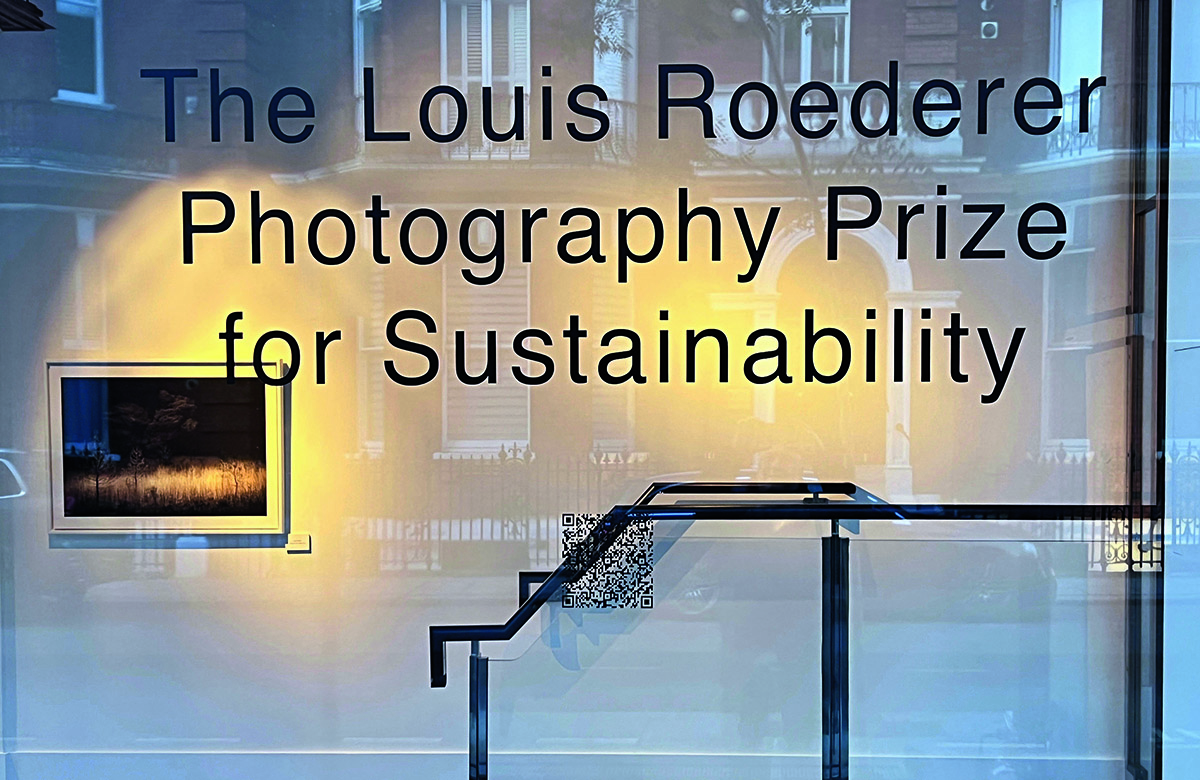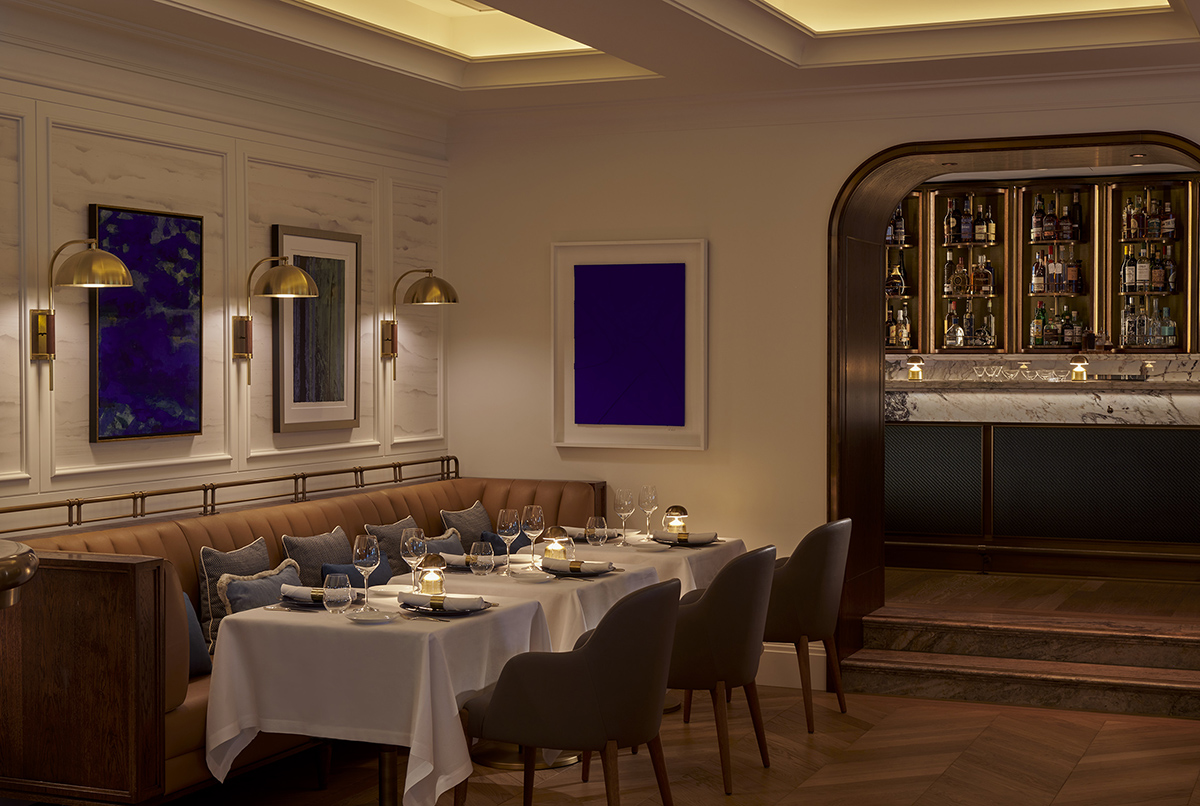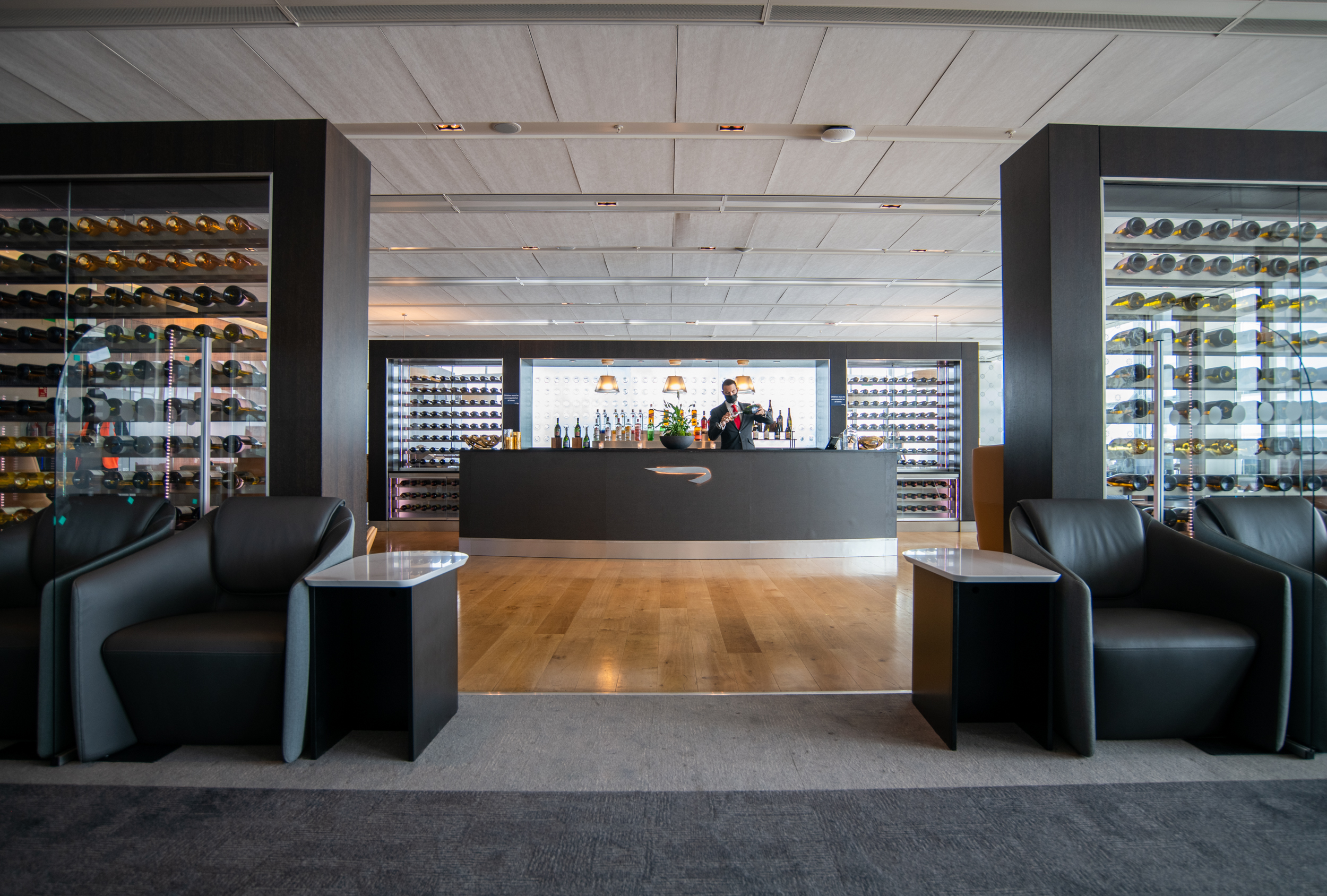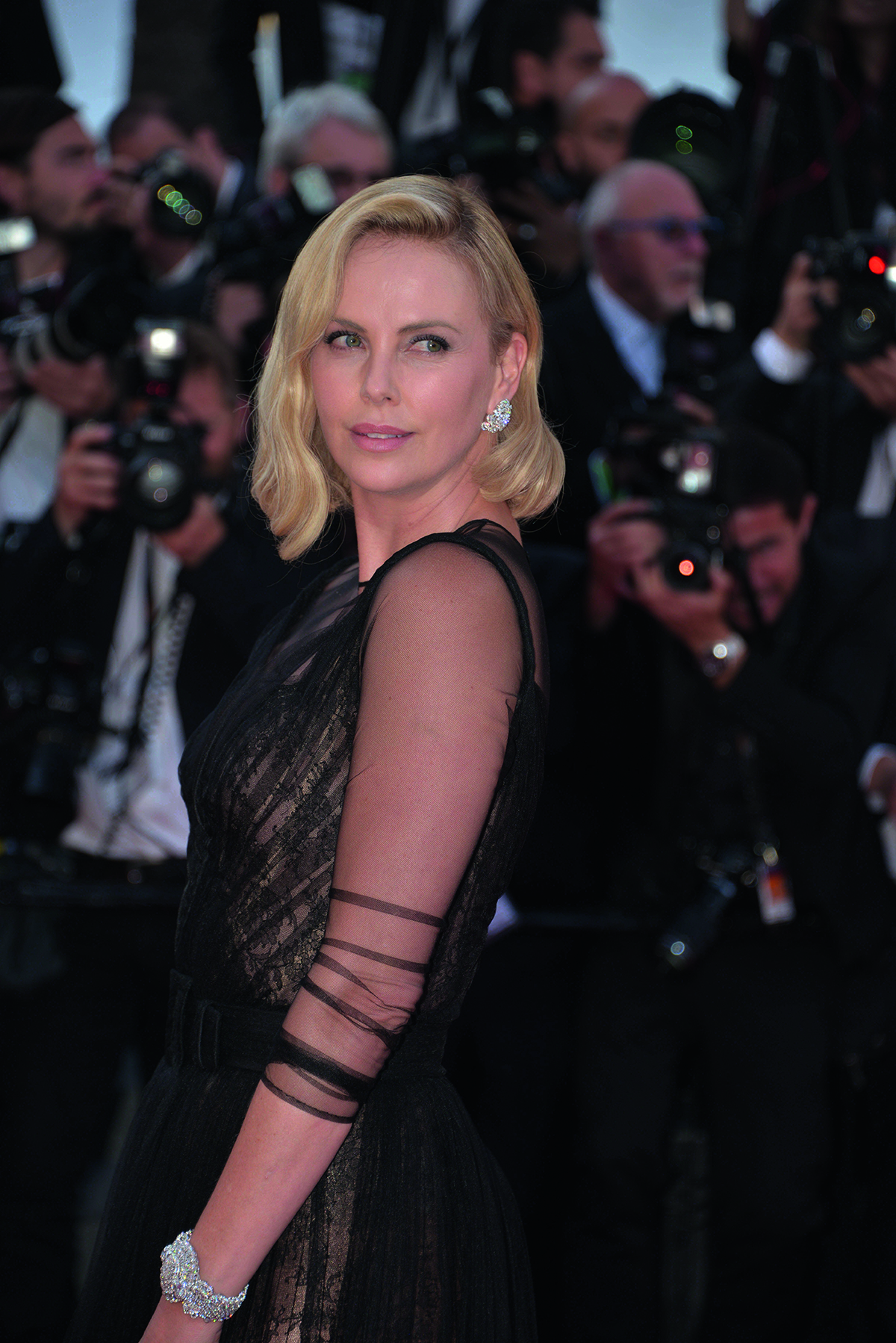
Charlize Theron wearing Chopard’s responsibly mined diamonds at Cannes
The new buzz phrase for business is “profit with purpose”. So how are leaders in the luxury and consumer industries facing the need to adapt to increasingly stringent sustainability criteria? Interviews by Ella Johnson and Candice Tucker
For brands, ensuring that consumer and luxury products comply with standards for Environmental, Sustainability and Governance (ESG) factors can be tough. How much water pollution do your steel suppliers create? What is the carbon footprint of your distributor in South America? How does the main supplier of your fasteners treat its staff?
These questions are becoming paramount for any company expecting to survive and thrive in the coming decades. Consumers are increasingly asking if products are sustainably created, if brands treat their staff and suppliers ethically. A company may still make profits on the back of a high-carbon footprint now, but it is far less likely to be able to do so in 10 or 20 years time.
We spoke to industry leaders across sectors for their insights into succeeding in a new era.
JEWELLERY
CAROLINE SCHEUFELE
Artistic director and co-president, Chopard
In 2013 Caroline Scheufele launched Chopard’s Journey to Sustainable Luxury, an in-house programme that committed the Swiss luxury jeweller to responsible sourcing. The brand has also forged a philanthropic relationship with the Alliance for Responsible Mining, helping gold-mining communities achieve Fairmined status.
LUX: Chopard’s engagement with ESG predates that of most jewellery houses. How did it start?
Caroline Scheufele: As a family-run business, ethics have always been at our heart. More than 40 years ago, my parents developed a vertically integrated in-house production system and invested in mastering all crafts internally. This means the full traceability of our gold supply chain is guaranteed through our operating model. It is based on a closed-loop system that also enables us to recycle pre-consumer gold scraps or “production waste” in our gold foundry.
LUX: How do you ensure responsible sourcing?
CS: In 2018 we became the first jewellery and watch maison to commit to using 100 per cent ethical gold for our watch and jewellery pieces. It is a bold commitment, but one we have to pursue if we are to make a difference to the lives of the people who make our work possible.
LUX: How does research help?
CS: Our R&D works to make our raw materials and production practices more sustainable. One example is the creation of ethically produced Lucent steel, which took four years research. It’s an alloy made from 70 per cent recycled metals and is 50 per cent harder than other steels. It also helps minimise our carbon footprint.
LUX: Does your model help or hinder creativity?
CS: Working with responsibly sourced material stimulates my creativity. The Insofu emerald, which we presented in Paris Haute Couture Week 2022, was discovered in the Kagem mine in Zambia and is one of the most important gems found for weight, quality and traceability. By buying a raw stone, we can follow its entire journey to final creation. Our craftspeople will cut the raw emerald and collect all the cut gems. We will then incorporate sustainability into our creations through eco-design thinking.
LUX: What does it mean for the future of luxury?
CS: True luxury comes only when you know the handprint of your supply chain.
chopard.com
AUTOMOTIVE
MARKUS SCHÄFER
Chief technology officer and member of the board of management, Mercedes-Benz Group AG
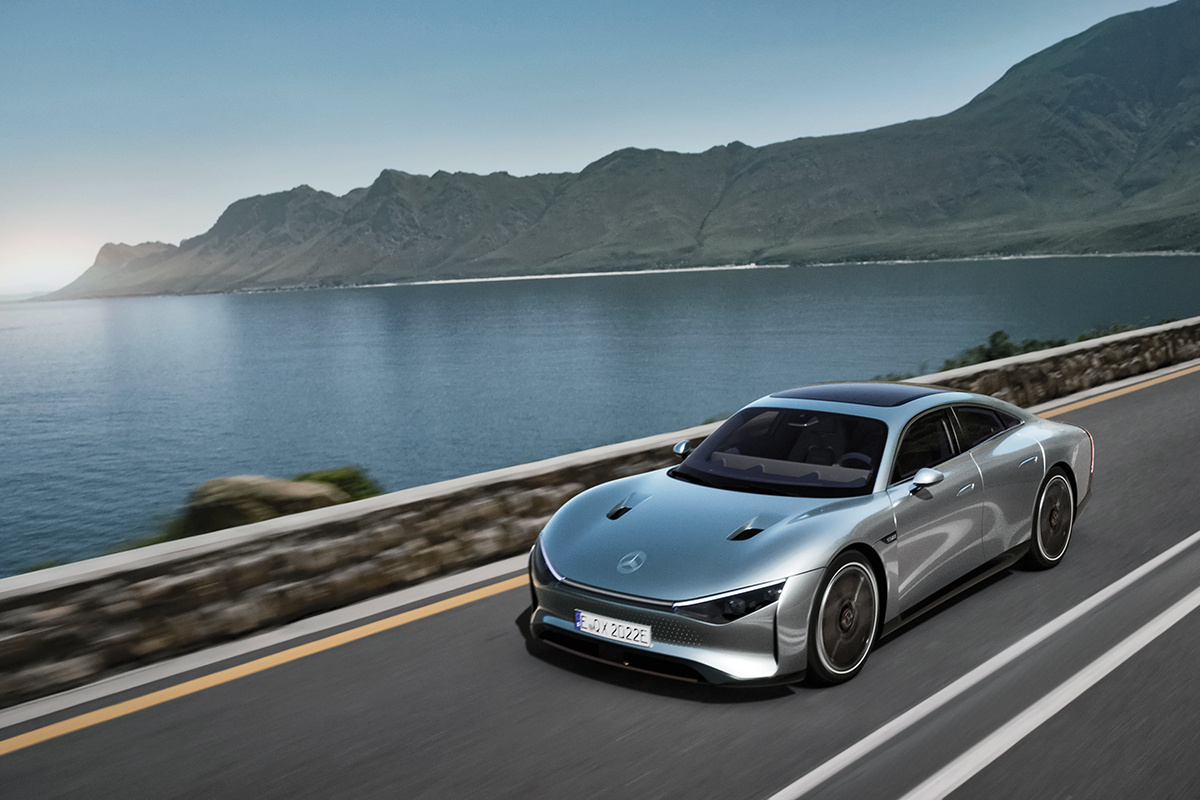
Mercedes-Benz’s Vision EQXX, its most energy- efficient car ever
Under Markus Schäfer, Mercedes-Benz has embarked on an electrification plan that will see battery electric vehicles (BEV) in every segment by the end of 2022, and an all-electric fleet by 2030. It is the first premium automobile manufacturer whose climate objectives have been verified by the Science Based Targets Initiative (SBTI) in line with the Paris Agreement.
LUX: What are the challenges of sustainability in the automotive sector?
Markus Schäfer: Our main ambition has always been to build the world’s most desirable cars. At the same time, our framework is changing dramatically, so we are rethinking our entire business model, with sustainability as our guiding principle. Our goal is to take the lead in electric driving and car software. And we will make our new car fleet CO2-neutral by 2039 – along the entire value chain and life cycle. It is a giant challenge, but for our brand it is also exciting.
LUX: Are luxury and sustainability compatible?
MS: Luxury has different meanings for everyone. In essence, it is simply about being completely at ease. Now it includes knowing your products and services helps reduce our footprint. For us, luxury is linked to setting new technological standards, and the age of sustainable and software-driven mobility gives us opportunities to do so. We think it will also make us interesting for new, younger customers who live a mindful-luxury lifestyle. At Mercedes-Benz, we want to combine our traditional strengths – innovation, safety, design, and comfort – with mobility that is sustainable and utterly intuitive. Luxury has always been a part of our DNA, and a driver of innovation.
LUX: If everyone moves towards electrification, what will differentiate your products?
MS: We think digital and sustainable innovations will be the top USP in luxury cars. With our Vision EQXX technology-programme prototype, we achieve more than 620 miles (1,000km) on a single battery charge. We are also increasing the use of recycled materials and researching new sustainable materials – we will use almost totally CO2-free steel in various models from 2025. With innovative car software we can offer customers the gift of time: we were the first car manufacturer to gain approval for conditionally automated Level 3 driving, without any safety compromises.
mercedes-benz.com
FASHION
MARIE-CLAIRE DAVEU
Chief sustainability officer, Kering
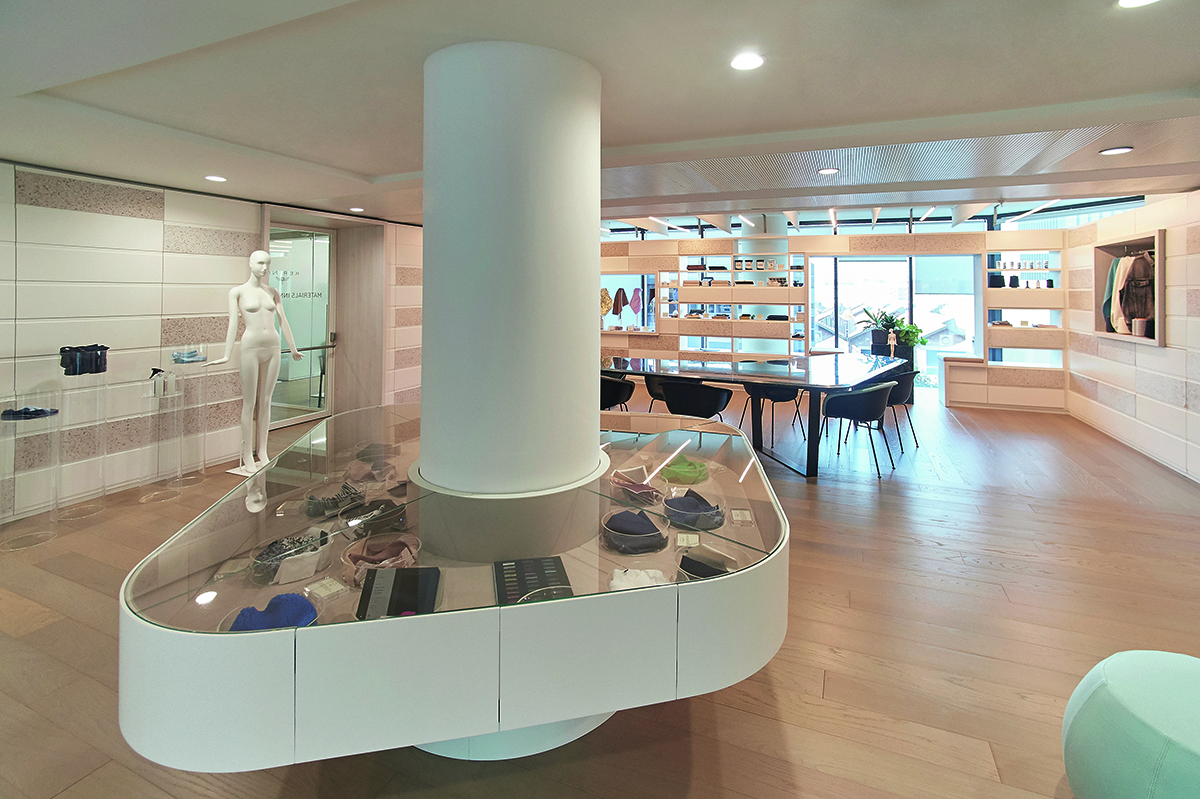
Kering’s Material Innovation Lab, the brand’s sustainable- materials hub in Milan
It was in 2011 under Marie-Claire Daveu that French luxury-goods group Kering introduced its innovative Environmental Profit & Loss (EP&L), an initiative to quantify environmental impact across the company’s operations and supply chains. It is now standard practice elsewhere.
LUX: Can collaboration help green transition?
Marie-Claire Daveu: Even a big company is not big enough to change a paradigm – it has to cross-fertilise with peers. For us, collaboration is in the DNA of our sustainability strategy. When we speak about sustainability, it includes being an open source and sharing our best practices. It is also about working with other sectors. It’s why we’re part of the One Planet Business for Biodiversity (OP2B) coalition, which includes food companies and the likes of Unilever. You may question why we have joined it, but regenerative agriculture is as important to us as it is to the food industry. Both of us take our raw materials from nature. We have the same origin.
LUX: Why did Kering invest in the vintage fashion platform Vestiaire Collective in 2021?
MCD: We were quite disruptive to go into vintage. It was our way of proving that purpose and profit go together. For us, it is interesting to have a seat on the Vestiaire board and see how we can develop a green e-commerce. There are new challenges with packaging, transportation and how we engage with customers. We are only at the beginning, but I think the idea of a second life will evolve in luxury and beyond.
LUX: Should leadership come from the top?
MCD: Sustainability is becoming more important to consumers and shareholders, but there is so much to do that, unless leaders prioritise it, you won’t do it. Luxury leaders must push for it both inside and outside their direct ecosystems.
LUX: Can fashion ever be sustainable?
MCD: You have to give people hope and solutions. I believe in a circular economy, upcycling, recycling – a 360 approach. With nature it’s about equilibrium. You have a problem if you take too much. But if you give nature the possibility to regenerate itself, there is no issue.
kering.com
TRAVEL
SVEN-OLOF LINDBLAD
Co-chair and founder, Lindblad Expeditions
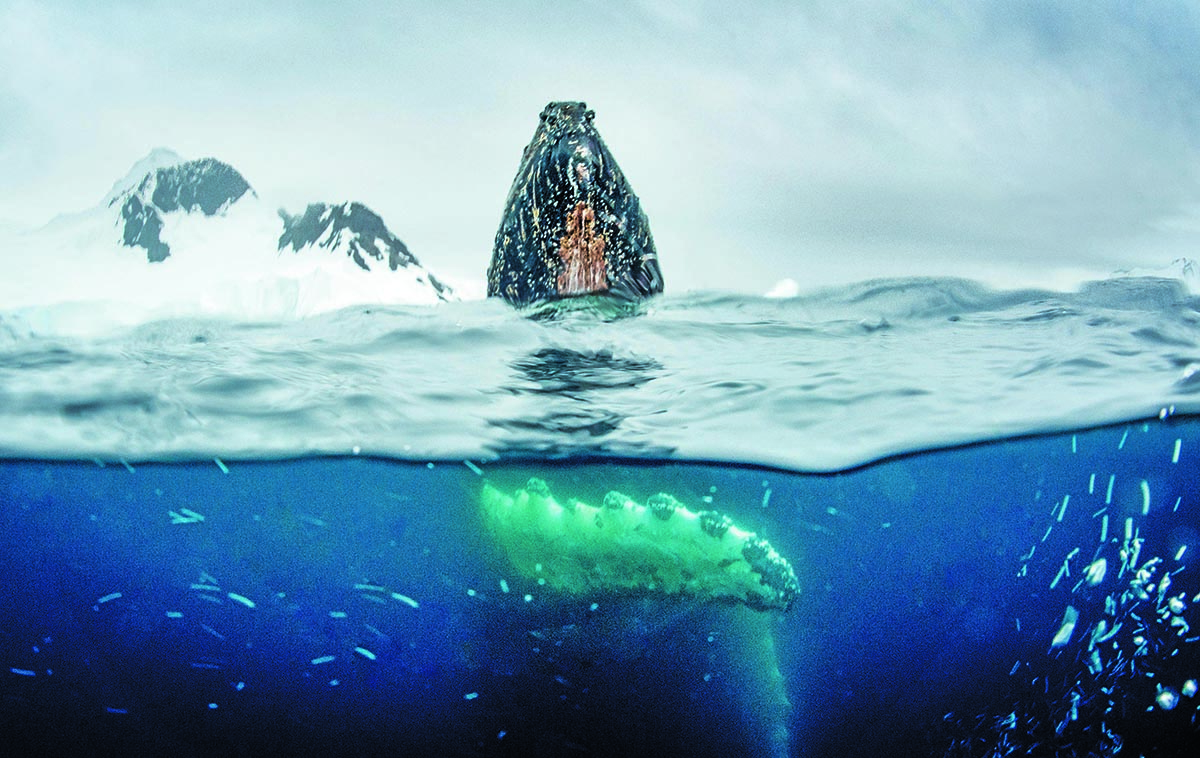
A moment on Lindblad Expeditions’ Antarctic humpback observation trip
Sven-Olof Lindblad is an Ocean Elder whose work combines marine conservation, education and eco-tourism. Lindblad Expeditions has been at the forefront of environmentally sensitive expedition travel since its founding in 1979, raising more than $19m for conservation and scientific research and forming a strategic alliance with National Geographic.
LUX: Are there opportunities in sustainability?
Sven-Olof Lindblad: The more people think about sustainability, the more valuable the natural assets become that travel companies need to run their businesses. If you place more emphasis on protecting coral reefs, companies that want to incorporate coral reefs as part of their travel offering will have something that is more valuable and meaningful to travellers. But there are economic impacts to sustainability which makes things expensive. Some businesses don’t care enough yet because they think their audiences don’t, particularly in mass tourism where every dollar spent becomes significant. So companies have to believe, as I do, that sustainable behaviour is important, otherwise they are making decisions that, on the surface, do not make economic sense in the short term.
LUX: Do the wealthy have a responsibility to travel more responsibly?
SOL: I’m not that black and white. I might be sitting on my own private yacht now, but I’m on a research mission in Panama for a month interacting with Panama’s government to figure out how to evolve responsible tourism there. One of the most effective ways of doing that is by taking a boat, exploring the coastlines. Is that bad? I think it is using a boat to positive effect. There isn’t technology at the moment that allows us to eliminate burning carbon entirely, so we offset everything we do.
LUX: How do your expeditions ensure meaningful action in sustainability?
SOL: We take a lot of action in a variety of forms. We have a fund where we raise and distribute approximately $3m per year to conservation, activities, education and exploration. But it is also meaningful to engage people, making it possible for them to have experiences in the natural world that inspire them to think differently about natural assets. They can then change behaviours in their own lives or even create certain changes of action in their spheres of influence. That’s important, too.
world.expeditions.com
YACHTING
JAMIE EDMISTON
Chief executive, Edmiston; chair, Levidian
Yacht brokerage firm Edmiston has collaborated with climate-tech business Levidian to bring its LOOP decarbonisation technology to yachting. The device is expected to deliver significant benefits to battery technology, paints, coatings, and desalinisation systems in the maritime sector.
LUX: What are the biggest barriers to the decarbonisation of yachting?
Jamie Edmiston: Nearly all yachts burn diesel in their engines, so, until someone comes up with a suitable alternative engine, short-term innovations have to be in cleaning the emissions before they enter the atmosphere. Medium-term, we have to find other fuels than diesel, whether powered by battery or hydrogen.
LUX: How is Edmiston innovating in the sector?
JE: We have become involved with the climate-tech business Levidian, which has developed a LOOP device that takes methane, the main constituent of natural gas, and turns it into carbon, graphene and hydrogen. Around 40 per cent of the carbon is removed just by that one process, which means that all the gas being used is already decarbonised by 40 per cent. That makes a big impact. The LOOP device will not necessarily power a yacht, but the application we see is producing hydrogen at the source where it is needed. You can put that reactor in a factory, or a shipyard, where you’re taking methane and burning it, to decarbonise the gas that comes in. Moving hydrogen is complicated, but this way you can convert the natural gas into hydrogen at the source, where it is required, and then put it straight into whichever vehicle needs it.
LUX: How can yachting innovations benefit the maritime sector as a whole?
JE: Yacht owners are prepared to invest money, time and resources into developing new technologies – whether that be diesel- electric propulsion, or hydrogen-ethanol battery technology – within the maritime space, and this can ultimately find its way into commercial shipping. Yachting is the crucible of innovation for the maritime industry.
edmiston.com
levidian.com
SPIRITS
KIM MAROTTA
Global vice president of environmental sustainability, Beam Suntory
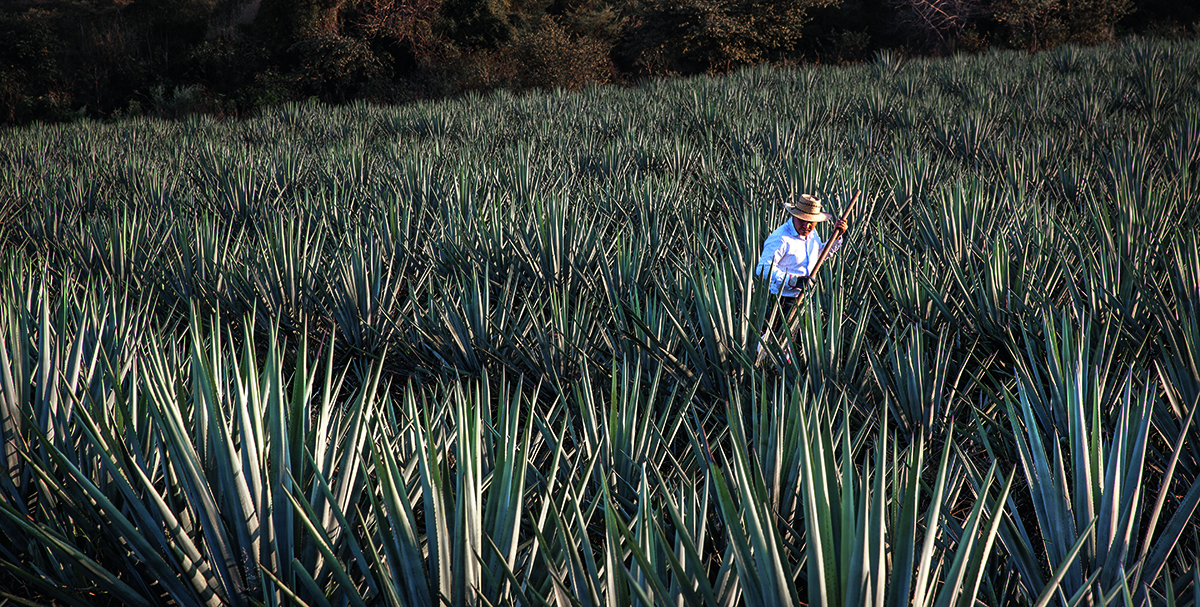
Pioneering low water-usage agave fields, for Beam Suntory tequila brands
In 2021 spirits behemoth Beam Suntory – which counts Courvoisier and Sipsmith among its repertoire – launched Proof Positive, a holistic, $1bn commitment to promoting positive endeavours in nature, consumer and community across its businesses.
LUX: Where do the challenges lie in decarbonising the spirits sector?
Kim Marotta: The main issues in the sector are in water, transport and packaging. Water presents an enormous opportunity for positive environmental impact, and we have established water sanctuaries in Kentucky at Maker’s Mark and Jim Beam. We’ve also set out an extensive programme of peatland water sanctuaries in the Scottish Highlands, not to mention our pioneering work in the tequila industry, where our Casa Sauza brand has the lowest carbon footprint and water usage. With transport, there is a fantastic opportunity for the sector to influence and partner with logistics groups to ensure everyone is working together for more sustainable methods of transport. Brands around the world are also looking at how to make their packaging more sustainable, whether that is in conducting a lifecycle analysis on every piece of packaging, as we are doing, or prioritising right weighting to minimise materials usage and waste, or even the total redesign of bottles, which we did this year with Courvoisier.
LUX: How can companies move their ESG agendas beyond reporting and compliance towards business enablement?
KM: Companies should not be afraid to set out the most ambitious targets they can, even if the specific road map isn’t totally clear. Whether they are unsure if the technology is there or what the commitment to R&D might be over the next few years, the solution is simple: set aggressive targets, make the necessary investments in technology to hit those targets and commit to accountability and transparency, showing evidence of progress along the way. If companies aren’t setting aggressive targets, they aren’t going to make the impact they can.
beamsuntory.com
CONSUMER GOODS
REBECCA MARMOT
Chief sustainability officer, Unilever
When consumer-goods giant Unilever introduced its Sustainable Living Plan in 2010, it became a benchmark for corporate sustainability. Under Rebecca Marmot, the company has also made interventions in the Paris Agreement and in the creation of the UN Sustainable Development Goals.
LUX: What is essential to the success of a company’s ESG agenda?
Rebecca Marmot: Success relies on everyone being on board. We need to draw on the ingenuity and experience of experts and peers across the globe to meet our sustainability targets. We know that pioneering new practices requires partnership, so we also need to shun silos in favour of systems thinking. For example, at Unilever we take a holistic approach across both climate and nature, because we recognise that action to solve one crisis can help to address the other.
LUX: How is Unilever working to eliminate Scope 1 and 2 emissions – those generated by your operations?
RM: One of our biggest challenges is that the lion’s share of our emissions are outside our direct control. About 60 per cent come from raw materials and packaging. To reach our target, we are working across our value chain and engaging suppliers, partners and consumers in our decarbonisation journey. We can’t control how long consumers spend in the shower or how they source their energy, but we know consumers do increasingly want to align their purchasing power with their values. We want to make it easy for them to choose our trusted brands, knowing that they are made with respect for people and the planet.
LUX: Is there a risk that those who are last to take on the costs of a green transition will be winners in the short term?
RM: Without action to make supply chains sustainable, companies won’t be able to source the raw materials they need, and operations will be stalled by floods and extreme weather. Laggards will also be hit by taxes on carbon and virgin plastic – these are coming down the line.
unilever.com
CLIMATE TECHNOLOGY
HEATHER CLANCY
Editorial director, Greenbiz; co-host, Greenbiz 350 podcast
GreenBiz 350 is a weekly podcast delivering stories on sustainable business and climate tech. Co-host Heather Clancy specialises in chronicling the role of technology in enabling corporate climate action and the transition to a clean, inclusive and regenerative economy.
LUX: How should companies be balancing the ‘E’ and ‘S’ of ESG?
Heather Clancy: Corporations are not spending enough time thinking about how environmental justice is embedded into their corporate sustainability strategies. There is still a huge disconnect between a company’s corporate perception of what environmental justice means and how it acts as a business.
LUX: What role can early-stage climate tech play in decarbonisation?
HC: Small, innovative companies have the opportunity to really innovate and become the new suppliers for larger companies – for example by producing alternative materials, such as mushroom-based packaging to replace plastic or Styrofoam. It is not coincidental that there are so many corporate venture funds now that are focused on climate technologies, because these corporations are going to benefit from that innovation when the company goes public down the line. The digitisation of sustainability is also really important, because it is becoming part of the financial infrastructure of the companies themselves. These kinds of tools can help people make investments in other climate technologies more easily.
LUX: What’s the biggest barrier to scaling up climate technology?
HC: If there’s one thing that we really are lacking from corporations, it is their voice on supporting sustainable policy.
LUX: What should the wealthy be doing?
HC: They should model better behaviour and put their money where it counts. The wealthy can help small businesses get on the ESG bandwagon, for example. Buying from these companies will enable them to make the vital shift to greener practices.
greenbiz.com
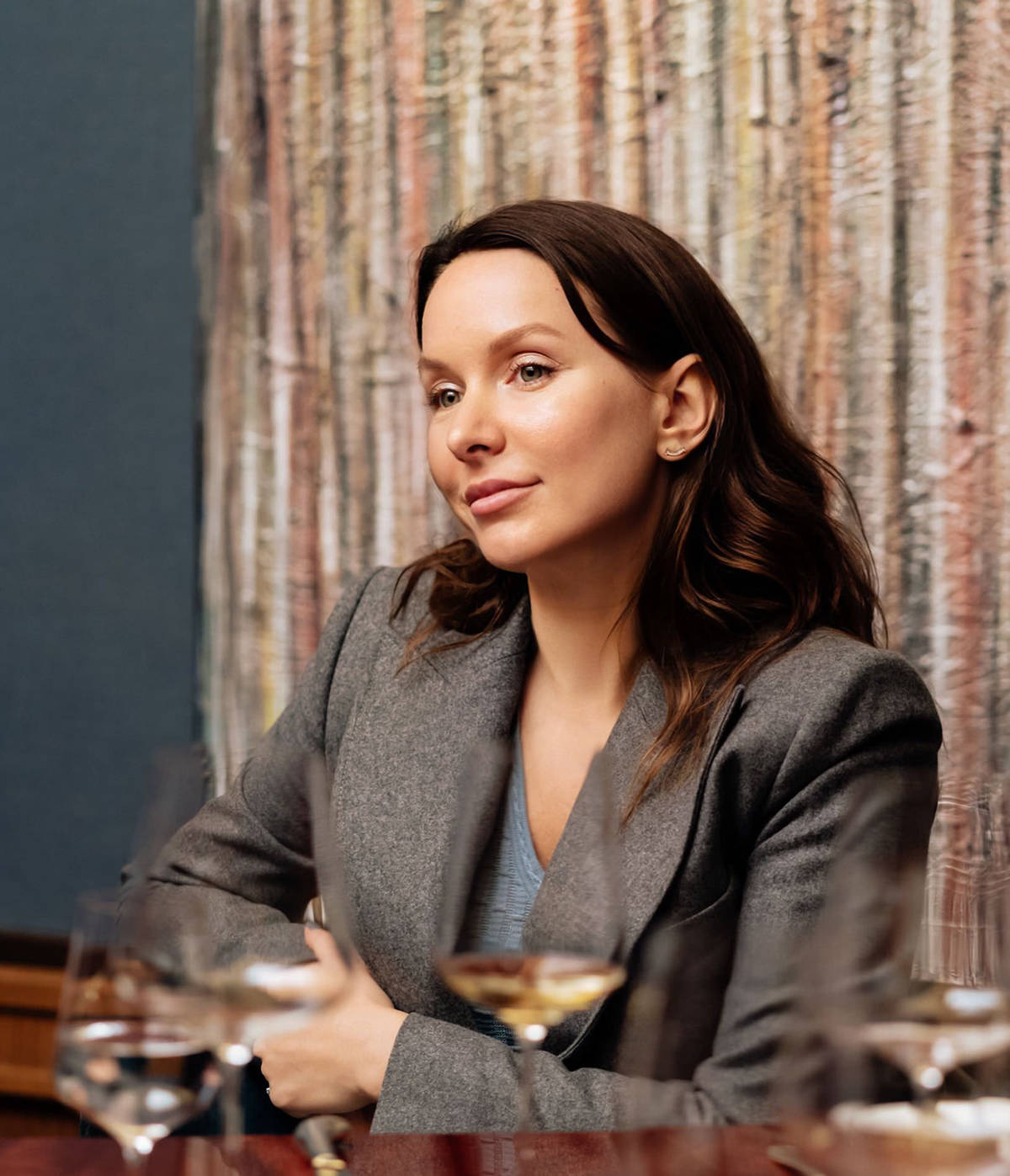
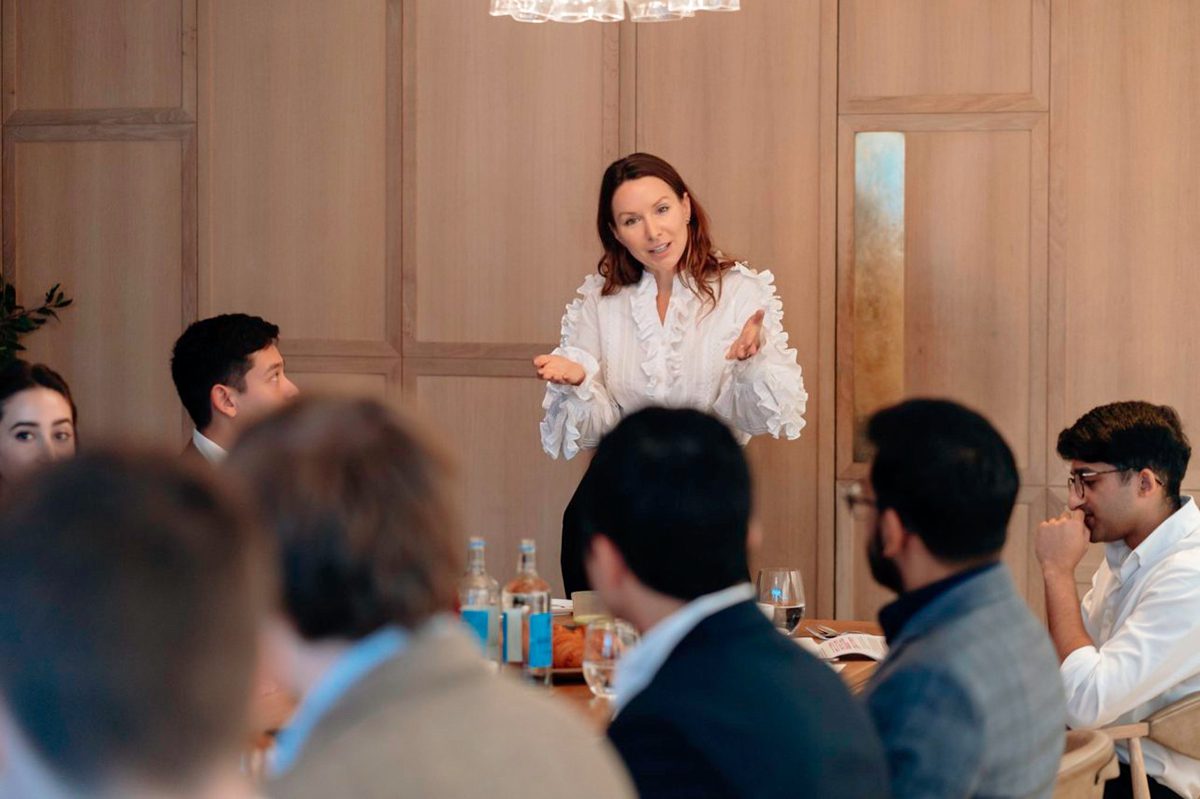

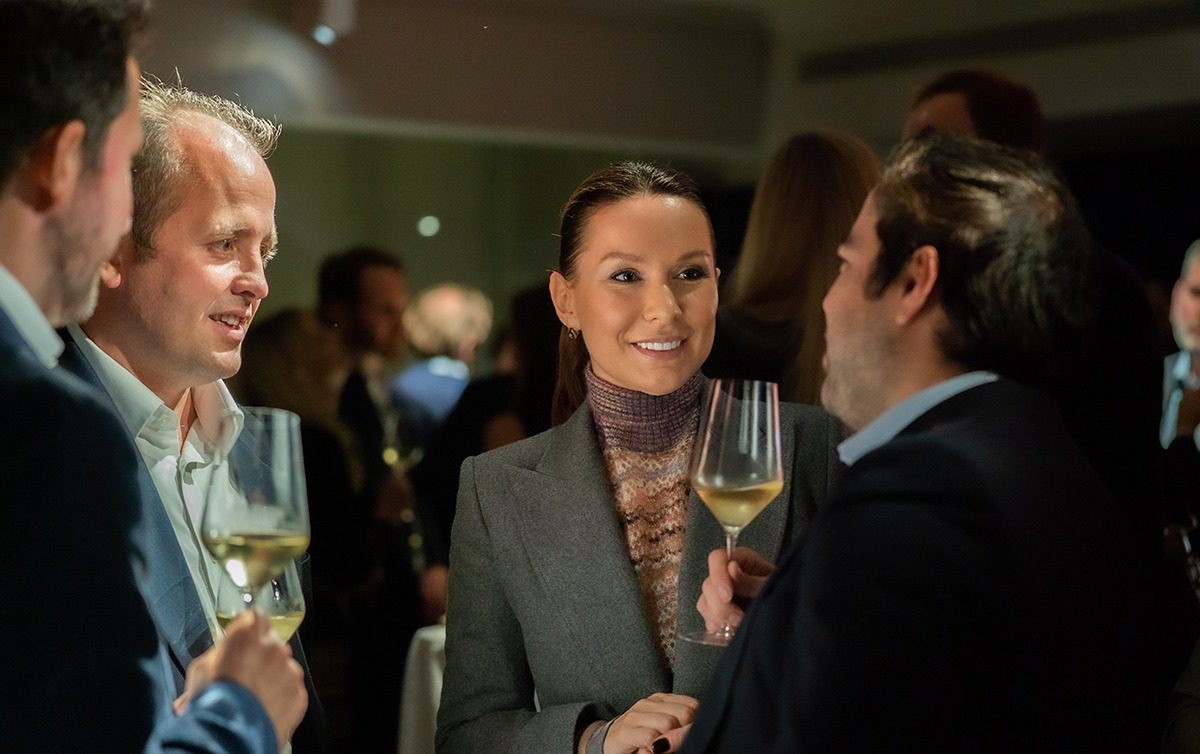
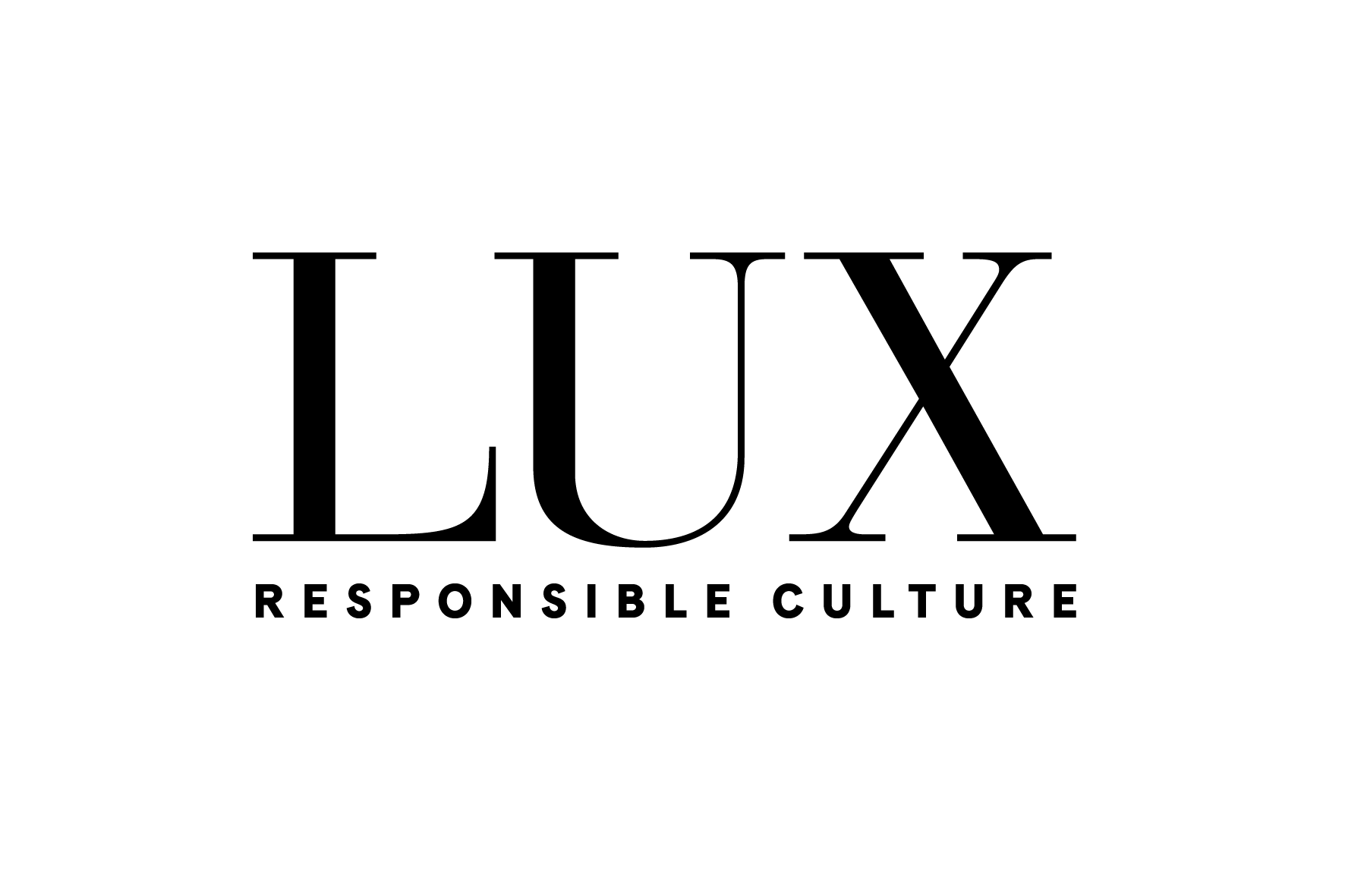

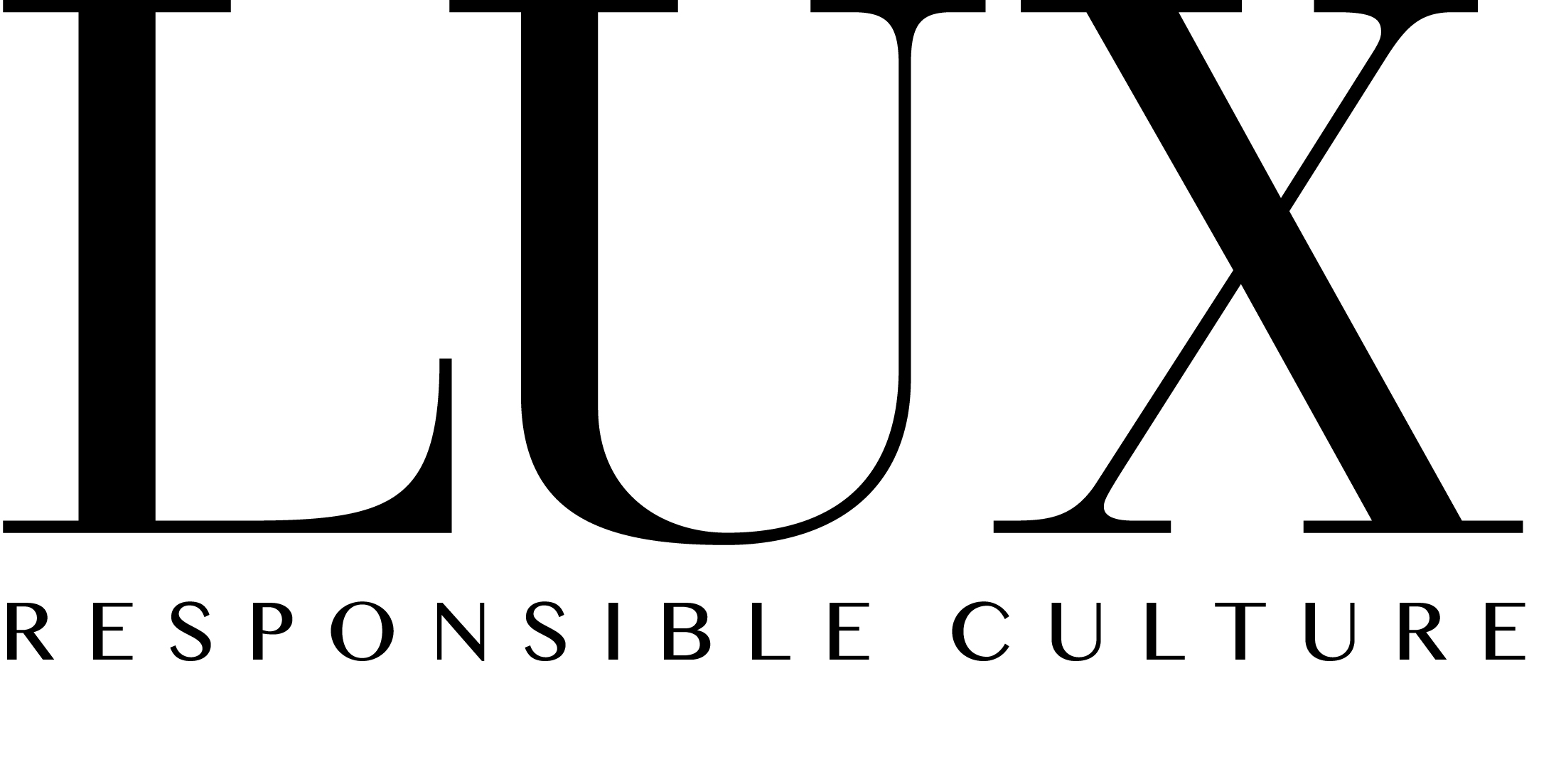
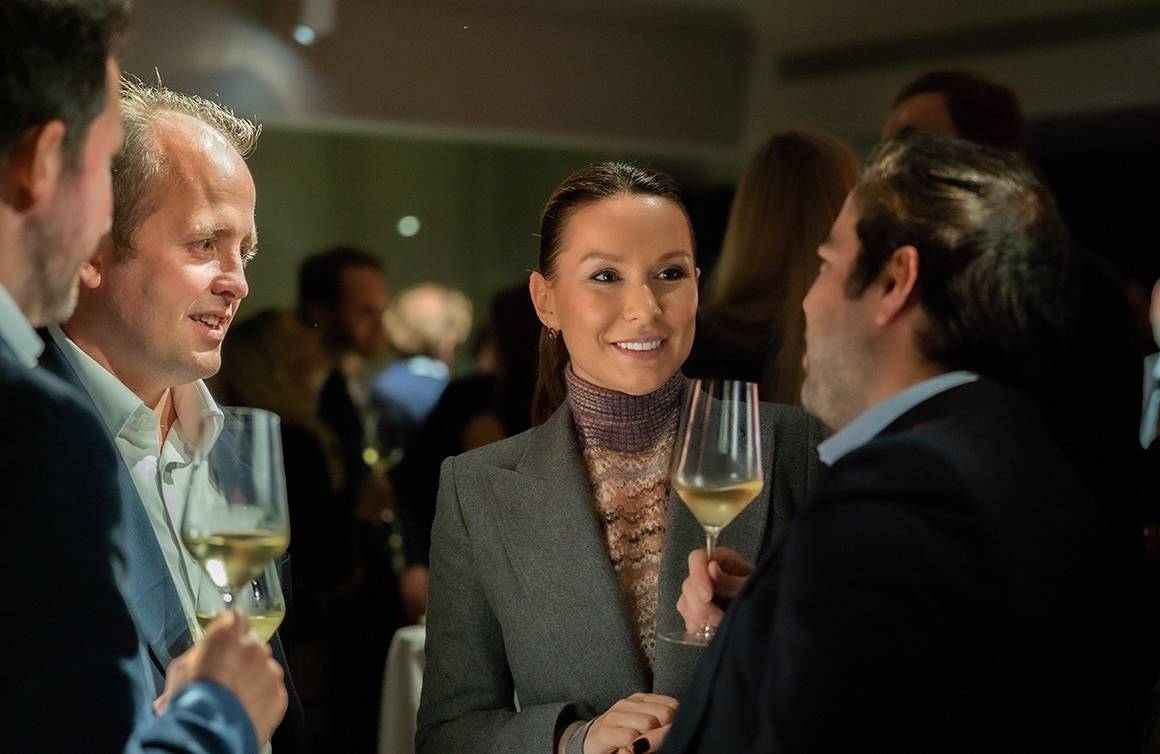

 Aino Grapin is CEO of Winch Design, an international design studio for luxury planes, homes and most famously, yachts. Here, Grapin speaks to Samantha Welsh about the increased focus on sustainability in yacht design and the special requests of next generation yacht owners
Aino Grapin is CEO of Winch Design, an international design studio for luxury planes, homes and most famously, yachts. Here, Grapin speaks to Samantha Welsh about the increased focus on sustainability in yacht design and the special requests of next generation yacht owners